What You Need To Know
Type in a word or words to search. You can also search by Rooms, Tags, or Type
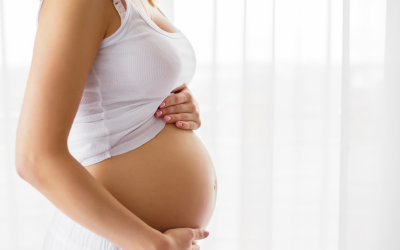
Levels of select vitamins & minerals in pregnancy may be linked to lower midlife BP risk
Higher levels of certain vitamins and minerals during pregnancy—specifically copper, manganese, and vitamin B12—may lower the risk of developing high blood pressure in midlife, according to new research from the American Heart Association (AHA). In a long-term study...
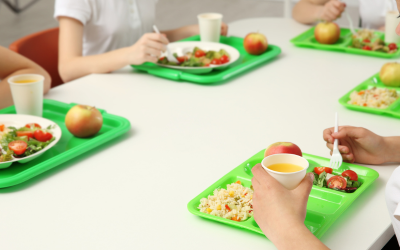
California lawmakers introduce landmark bill to phase out harmful UPF from school meals
California has introduced a groundbreaking bill (A.B. 1264) to phase out the most harmful ultra-processed foods (UPFs) from school meals by 2032. Backed by bipartisan support, the legislation aims to protect children’s health by tasking scientists with identifying...

3 ways the EPA’s rollback of environmental regulations could affect Americans’ health if air pollution worsens
The Environmental Protection Agency (EPA) has announced the rollback of over 30 environmental regulations, significantly weakening emission standards for industrial air pollutants, passenger vehicles, and coal-fired power plants. EPA Administrator Lee Zeldin defended...
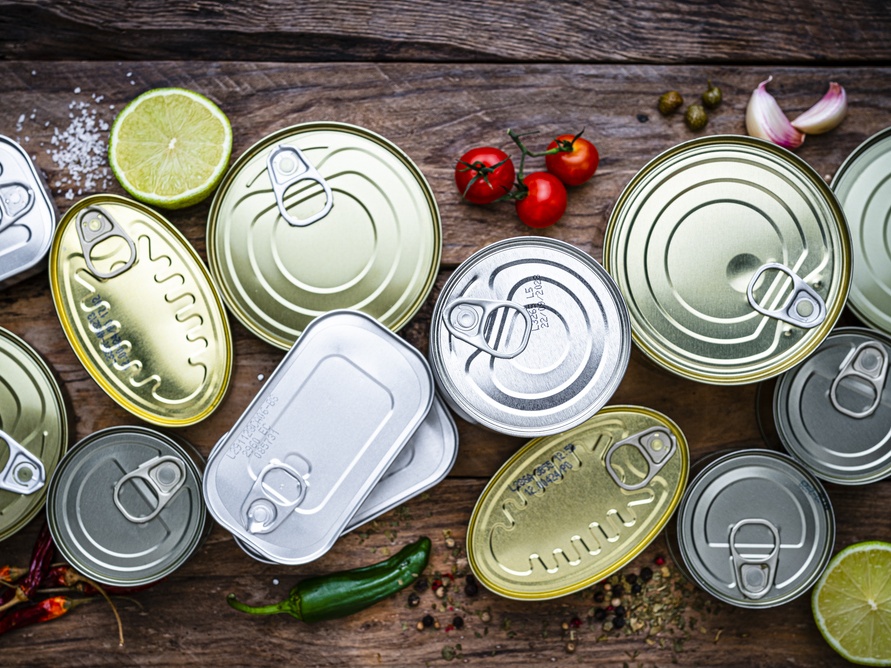
Skip canned food and beverages.
This reduces exposure to BPA and other bisphenols, which are toxic substances used in the lining of most cans. Even some “BPA-free” cans contain substitutes that are also toxic.
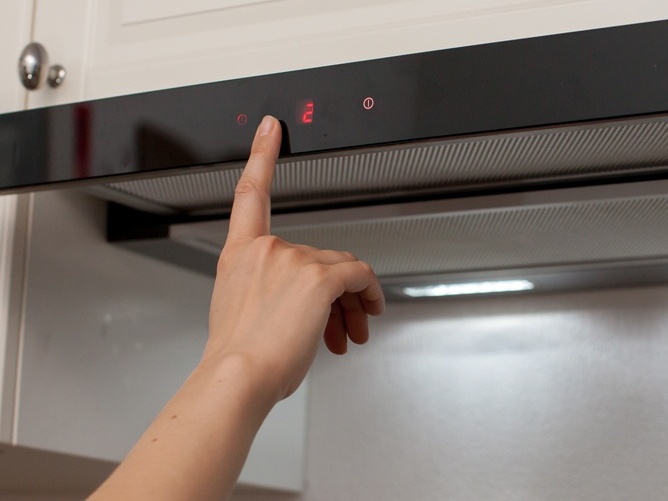
Turn on the stove fan when cooking.
Since cooking releases toxic chemicals in your indoor air, use the stove fan to remove these chemicals and protect indoor air quality.
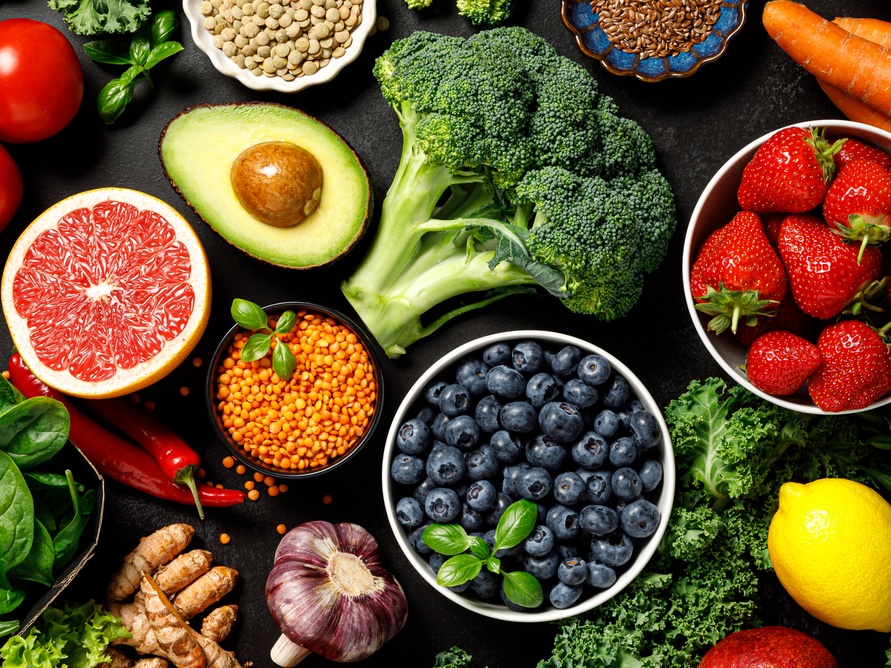
Choose organic produce when possible.
Make sure to eat fruits and vegetables every day. Wash produce before preparing and eating it to reduce exposure to pesticides. If you’re not able to purchase organic, limit your intake of fruits and vegetables that retain high pesticide levels even after washing, such as strawberries and spinach.

Study shows higher risk of childhood leukemia tied to PFAS exposure from household dust
A new study led by Catherine Metayer, PhD, of UC Berkeley School of Public Health found that children exposed to PFAS (per- and polyfluoroalkyl substances) in household dust had a 60% higher risk of developing acute lymphoblastic leukemia (ALL). The research,...

Cosy Home Warning As Scented Wax Melts Create Toxic Particles
New research raises concerns about indoor air pollution caused by scented candles and wax melts. A recent study found that these popular home fragrances release harmful volatile organic compounds (VOCs), which can contribute to respiratory issues and long-term health...

US wildfire suppressants rife with toxic heavy metals, study finds
New research from the University of Southern California reveals that widely used wildfire suppressants contain high levels of toxic heavy metals like cadmium, arsenic, and chromium—raising concerns about environmental and public health impacts. While these chemicals...

Higher hazards persist in personal care products marketed to Black women, report reveals
New research from EWG and BLK + GRN finds that personal care products marketed to Black women still contain higher levels of hazardous chemicals compared to products without demographic marketing. While some improvements have been made since EWG’s 2016 report, many...

Undergoing Fertility Treatment? Watch Your Plastics
Exposure to bisphenol-A (BPA), a chemical found in plastics, canned goods, and receipts, may significantly reduce the success rates of in-vitro fertilization (IVF), according to emerging research. BPA acts as an endocrine disruptor, interfering with hormones essential...
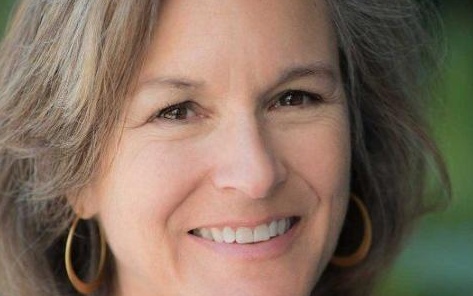
Leading Scientist and National Expect in Chemical and Regulatory Policy, Dr. Tracey Woodruff, PhD, MPH
Tracey J. Woodruff, PhD, MPH is a leading scientist who has produced seminal research on how harmful chemicals and pollutants impact health, pregnancy, and child development, including the first international study to document the effects of air pollution and preterm...

Ultra-processed food? Forever chemicals? Declining birth rates? What’s behind rising cancer in the under-50s?
Early-onset cancer cases have surged by 79% since 1990, raising concerns about diet, environmental exposures, and lifestyle changes. Experts link rising colorectal, breast, and skin cancers to ultra-processed foods, forever chemicals, and declining birth rates. While...
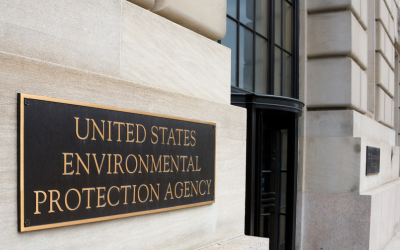
‘I applaud the EPA’: agency launches formal review of five toxic chemical
The EPA has launched a critical review of five hazardous plastic chemicals, including vinyl chloride, the compound at the center of the 2023 East Palestine train fire. Known to cause cancer and other severe health issues, vinyl chloride is widely used in PVC...
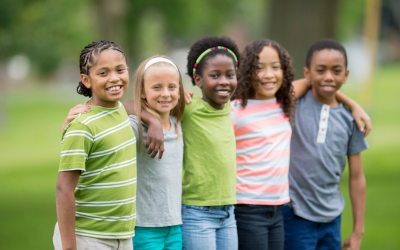
Scientists issue “call to arms” to protect children’s health from chemicals causing disease
A groundbreaking study in The New England Journal of Medicine highlights alarming links between synthetic chemicals and rising childhood diseases. Researchers call for sweeping reforms to protect children's health, including pre-market chemical testing, global...
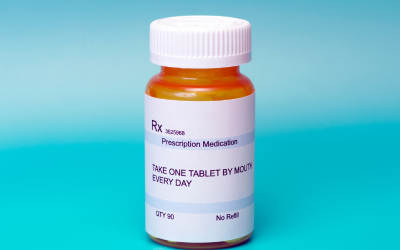
These common medications could be releasing ‘forever chemicals’ into the environment
Researchers discovered that organofluorines, including PFAS (per- and polyfluoroalkyl substances), from pharmaceuticals are entering wastewater, which is sometimes reused as drinking water during droughts. Even after treatment, the wastewater retained high...

Workout worries: Healthy ways to hit the gym and avoid harmful chemicals
The New Year is a time for setting goals, and for many, that means stepping up their fitness routines. Whether you're hitting the treadmill, lifting weights, or flowing through a yoga class, it’s important to keep your health in check—not just through exercise but by...
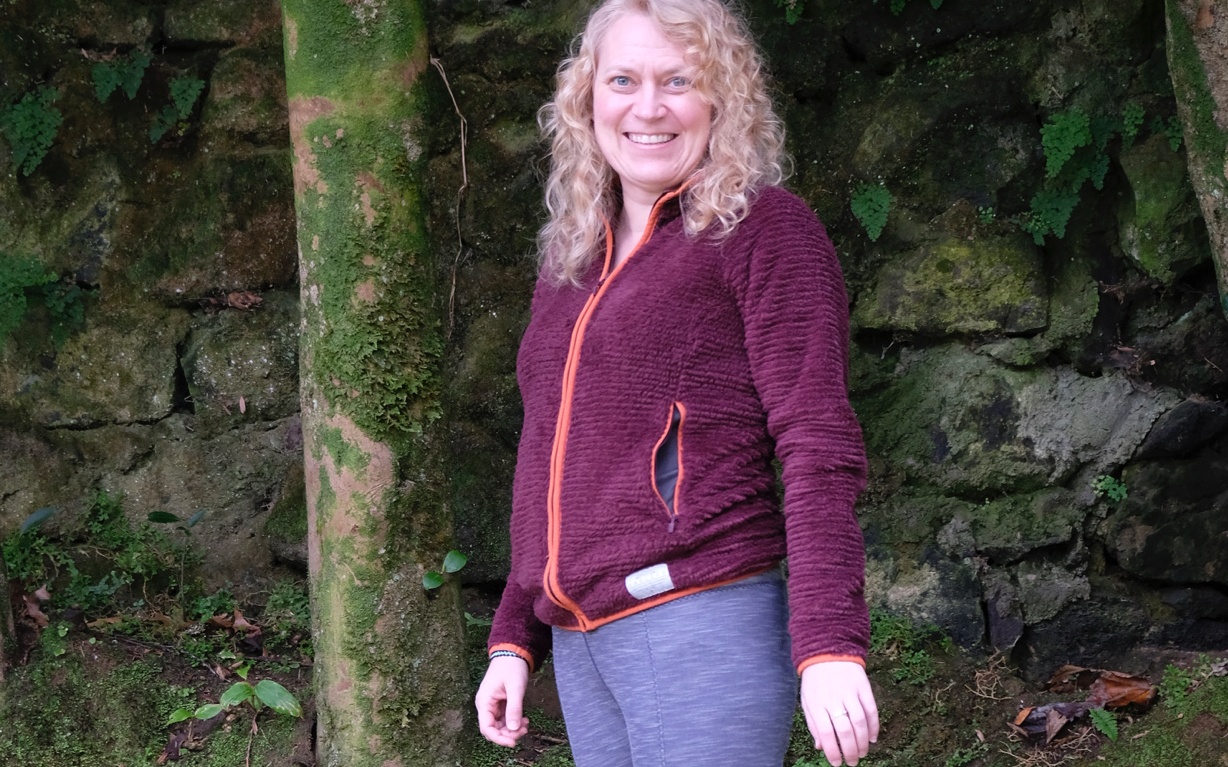
Nurses for Healthy Environments: Dr. Katie Huffling, DNP, RN, CNM, FAA
Katie Huffling, DNP, RN, CNM, FAAN is a champion of children’s health. As the Alliance of Nurses for Healthy Environments Executive Director, Dr. Huffling works with national nursing organizations on a variety of environmental health issues, including climate change,...

Black plastics may contain toxic compounds that can leach into food, experts say
Black plastic items commonly used in takeout containers, kitchen utensils, and coffee lids may contain harmful chemicals due to poor recycling regulations, according to a recent study in Chemosphere. Researchers found brominated fire retardants (BFRs)—compounds used...

The Healthy Pregnancy Guide
Discover essential tips and trusted advice from experts on reducing exposure to toxic chemicals during pregnancy. Learn about the risks of plastics and other harmful substances, find actionable steps to create a safer environment for your growing family, and access...
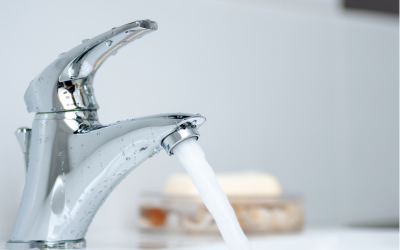
EPA finalizes ban on all uses of notorious cancer-causing solvent TCE
The Biden administration has proposed banning most uses of trichloroethylene (TCE), a harmful and cancer-causing chemical found in industrial applications and household products. TCE contamination poses significant risks to drinking water, air quality, and public...
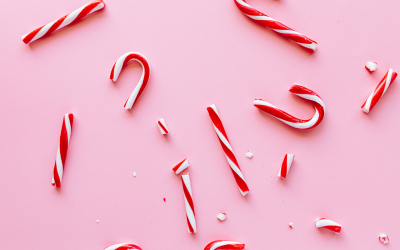
Unwrapping the mystery behind peppermint-flavored treats
The holiday season is here, bringing with it the irresistible scent and flavor of peppermint. But behind those festive labels, your favorite peppermint treats might contain more than just holiday cheer. Many products are made with synthetic ingredients, artificial...
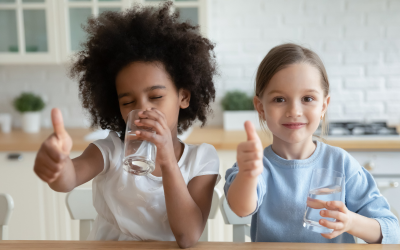
Newly identified chemical in drinking water is most likely present in many homes and could be toxic, study finds
Researchers have identified a new substance, “chloronitramide anion,” in drinking water. Some scientists are now concerned — and actively investigating — whether that chemical could be toxic. Chloramine is often used to kill viruses and bacteria in municipal water...

Environmental Wellness Toolkit
What surrounds you each day in your home, work, or neighborhood and the resources available to you can affect your health. You can’t always choose what’s in the environments you live, work, or play in. However, taking small steps to make your environment safer and...

Working Upstream
This resource guide from Berkeley Media Studies Group helps individuals develop a course on advocacy for public health. Key features of this guidebook include: Population Health and Determinants, Rationale for Advocacy, Policy Analysis, Advocating for Policy Change,...

Media Advocacy 101
Media advocacy is the strategic use of mass media to support community organizers’ efforts to advance social or public health policies. This UC Berkeley website contains case studies, videos, and other resources for media advocacy, including tips on the strategic use...

Public Health Policy Advocacy Guidebook and Toolkit
This guidebook from the APHN Public Health Policy Committee is geared for health professionals to understand and engage in health advocacy and policy. [embeddoc...
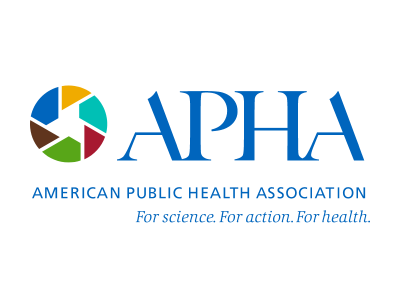
Social determinants of health series
The conditions in which you live, learn, work and age affect your health. Social determinants such as neighborhood, education and health care can influence your lifelong well-being. These infographics on social determinants and their connection to health were created...
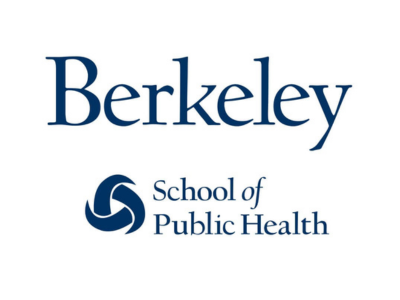
Youth Participatory Action Research (YPAR) Hub
YPAR is an innovative approach to positive youth and community development based on social justice principles. This hub features an expansive curriculum and resources to enrich YPAR projects. Click here to navigate the YPAR Hub.

Community Tool Box
The Community Tool Box helps folks take action, teach, and train others in organizing for community development. Visit the website to find help assessing community needs and resources, addressing social determinants of health, engaging stakeholders, action planning,...

Roots of Health Inequity
The Roots of Health Inequity Course Series challenges practitioners to take a closer look at public health inequities by focusing on the underlying history, narratives, and structures of power that drive them. Users will find that the course draws upon a mix of...
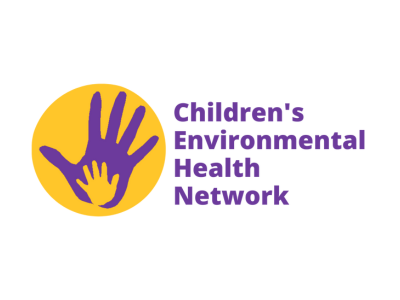
Asthma Triggers: A guide for Parents, Teachers, Doctors and Nurses
A visually compelling asthma triggers guide for parents, teachers, doctors and nurses. This e-book provides an overview of what asthma is, and common exposures including pests, pets, dust, cleaning products, and more. [embeddoc...

Cooking with Smoke: How the Gas Industry Used Tobacco Tactics to cover up harms from gas stoves
This report from the Public Health Law Center at Mitchell Hamline School of Law details the harms of gas stoves and how the gas industry intentionally mislead public messaging. The report discusses recent research on harmful exposures, and how to reduce your risk....

Health Harms of Gas Stoves
This series of short, animated videos from Physicians for Social Responsibility (PSR) highlights the health effects of gas stoves and what you can do to protect yourself and your loved ones. https://youtu.be/qDpAQw37feA?si=RpyI2g9OCKOjDozr

Protecting Children’s Developing Brains: Hazards of Plastics and Chemicals in Plastics
A growing body of evidence shows that plastics and associated toxic chemicals contribute to neurodevelopmental disabilities and cognitive deficits in children. A briefing paper by Project TENDR synthesizes the latest science on fetal and early childhood exposures to...

Artificial Turf: Research on Plastic Pollution, PFAS, and Health Concerns
This webinar from the Collaborative for Health & Environment discusses the health effects of artificial turf. This webinar will explore the contribution of artificial turf to global plastic pollution, other health and environmental impacts of artificial turf, and...
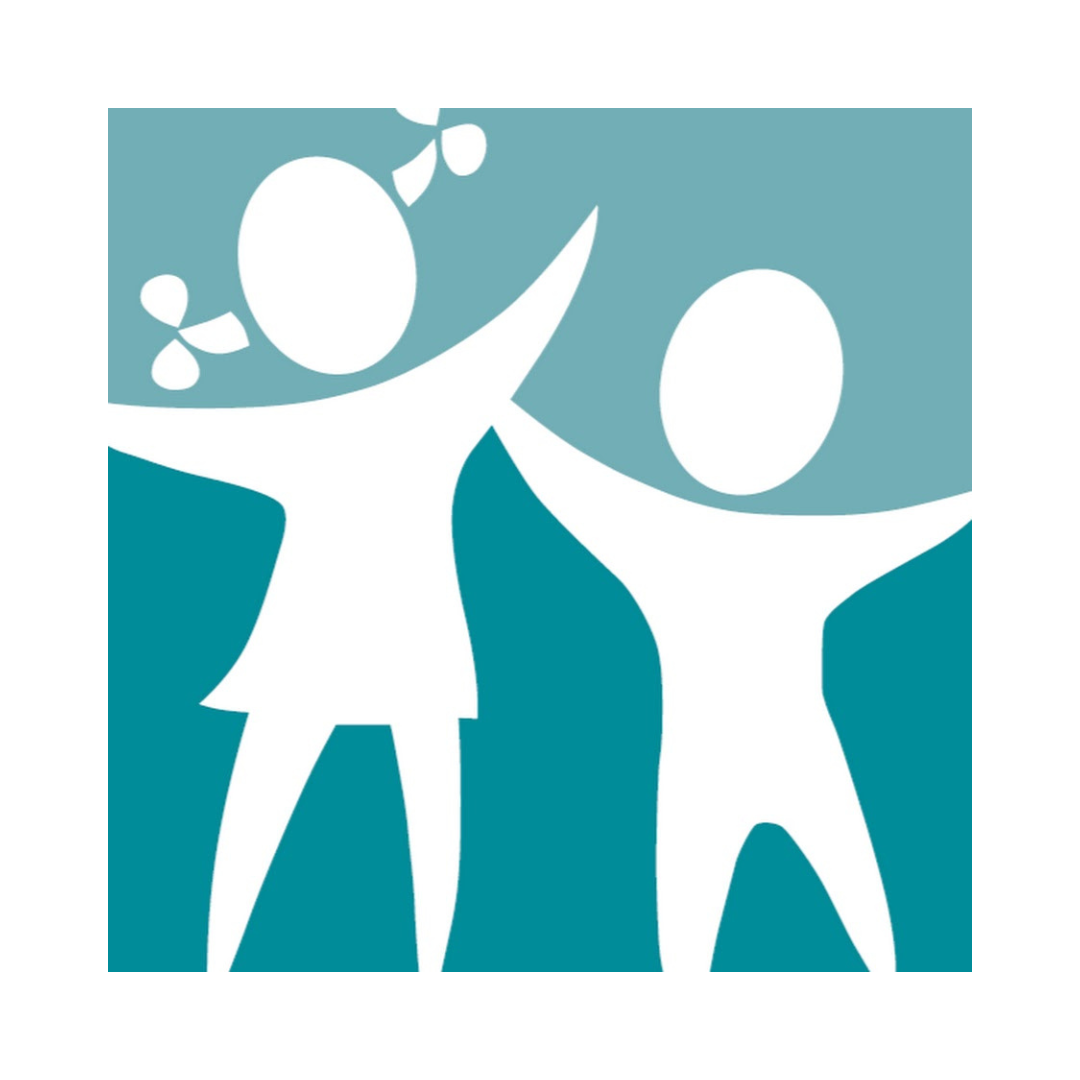
Health effects of heavy metals in food
Healthy food is important for a long, healthy life! However, some foods contain toxic chemicals which can impact children’s brain development and health. This animated video from Western States Pediatric Environmental Health Specialty Unit (WS PEHSU) at University of...

Keep it outside: mold and human health
Mold plays an important role in the natural world, helping to break down materials in our environment so they can be reused to support new life. But, mold can also get into our homes and cause some health problems, especially breathing issues. Its important to prevent...

Children’s Cancer Prevention
This is a series of short, animated videos from Western States Pediatric Environmental Health Speciality United (WS PEHSU) on children's cancer prevention.

Pesticides: Health Education Resources
This website from the Office of Environmental Health Hazard Assessment (OEHHA) provides an assortment of pesticide education resources (including videos, posters, factsheets, and brochures) for healthcare providers, patients, pregnant people, farmworkers, and...

Wildfire Smoke Interventions: Respirators and Public Health
This webinar, hosted by the California Environmental Protection Agency’s Office of Environmental Health Hazard Assessment (OEHHA), focuses on improving our understanding of key recommendations for protecting vulnerable populations from wildfire smoke, in support of AB...

Human health impacts (heat, wildfire smoke and air quality) webinar: Bridging Science and Action
This webinar, co-convened with the California Department of Public Health and the California Air Resources Board, addresses the impacts of heat, wildfire smoke, and changes in air quality on Californians’ health. Experts discuss the efforts underway to address them.

Beauty & Personal Care Ingredient Intelligence Report
This report from Know Better, Do Better (KBDB) collaboration from Chem Forward analyzes over 8,500 consumer products from major beauty retailers, including Sephora, Ulta Beauty, Credo, and The Honest Company. This report highlights the chemicals of concern, gaps in...

Toxic PFAS in menstrual pads harm reproductive health, advocates says
A new California lawsuit demands menstrual product companies, Carefree and Edgewell, remove chemicals or add warning label. PFAs, or “forever chemicals,” are linked to cancer, kidney disease, liver problems, immune disorders, birth defects, and other serious health...

Dr. Shanna Swan: How to Safeguard Your Hormone Health & Fertility
Dr. Shanna Swan, Ph.D., professor of environmental medicine and reproductive health at the Mount Sinai School of Medicine, is the world’s leading expert on the harmful impact of chemicals in our food, water, cosmetics, and various household and consumer products on...

Our Health System Needs to Take Better Care of Mothers to Prevent More Infant Deaths
A new study from the Leonard Davis Institute of Health Economics at the University of Pennsylvania (UPENN) shows maternal mental health is closely linked to infant deaths. The authors analyzed community-level factors that make mothers vulnerable to poor health,...

Exposure to particular sources of air pollution is harmful to children’s learning and memory
A new study from the University of Southern California (USC) involving 8,500 children from across the United States revealed that ammonium nitrate (largely the product of agricultural emissions) is linked to poor learning and memory performance in 9- and 10-year-olds....

Breast cancer cases are on the rise, and chemical exposures play a role
Breast cancer is the second most common type of cancer and new cases have continued to rise in the last decade, especially among younger women, ages 20 to 49. However, mortality rates are declining due to increased screening and early detection. While we do not fully...
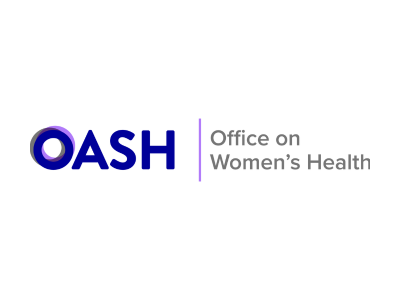
SafetyNEST Wins 2024 Federal Competition to Reduce Risk of EDCs among Black women
The U.S. Department of Health and Human Services (HHS), through the Office of the Assistant Secretary for Health (OASH) Office on Women’s Health (OWH), is awarding six winners for Phase 2 of the HHS Endocrine-Disrupting Chemicals (EDC) Innovator Award Competition....
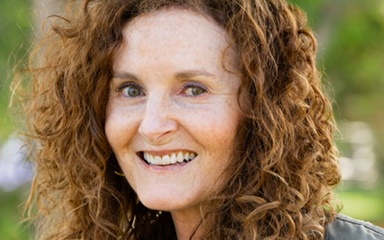
SafetyNEST Founder + CEO Alexandra Destler, EdM
Alexandra Destler, EdM, is a guiding light for women’s health. As SafetyNEST Founder + CEO, she envisions a healthier, toxic-free future for all parents and children. Alexandra has worked steadily over two decades to promote global sustainability. She launched the...

Author Talks: The hidden effects of climate on the health of our kids
McKinsey Global Publishing’s Lucia Rahilly talks with pediatrician Debra Hendrickson, clinical professor at the University of Nevada, Reno, School of Medicine, about her book, The Air They Breathe: A Pediatrician on the Frontlines of Climate Change. Hendrickson's book...

What’s in your coffee creamer – and is it healthy?
Coffee is part of many people's daily morning routine and research suggests that it can be part of a healthy diet. However, most coffee creamers are heavily processed, made with additives, and contain added sugars that don’t provide any nutritional benefit. Studies...

Many everyday items are filled with toxic lead. Here is how to change that
Lead may be present in our everyday items. From cookware to cosmetics, lead can be found in many of our most-used items. However, there is no safe level of exposure. Lead exposure, even in small amounts, can lead to development disorders in children, or even death....

It Might Be Time to Toss Your Black Plastic Cooking Utensils
A new study found that Brominated flame retardants (BFRs) used in electronics are making their way into everyday household products like plastic cooking utensils, eating utensils, to-go containers, and toys made from recycled materials to-go containers when recycled....
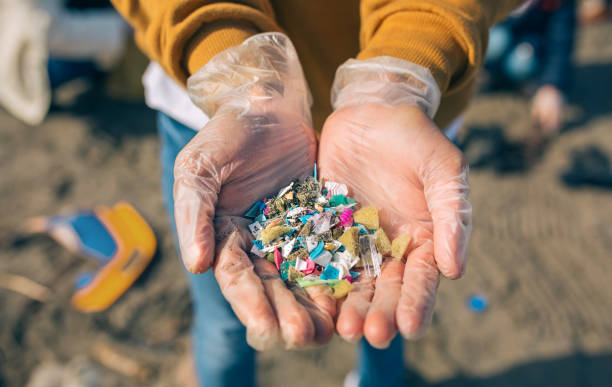
How much should we worry about the health effects of microplastics?
A flurry of studies has found microplastics in nearly every organ in the human body, from the brain to the testicles. But very few have revealed whether these tiny bits of plastic impact our health...It seems every few months, we discover microplastics in a new part...
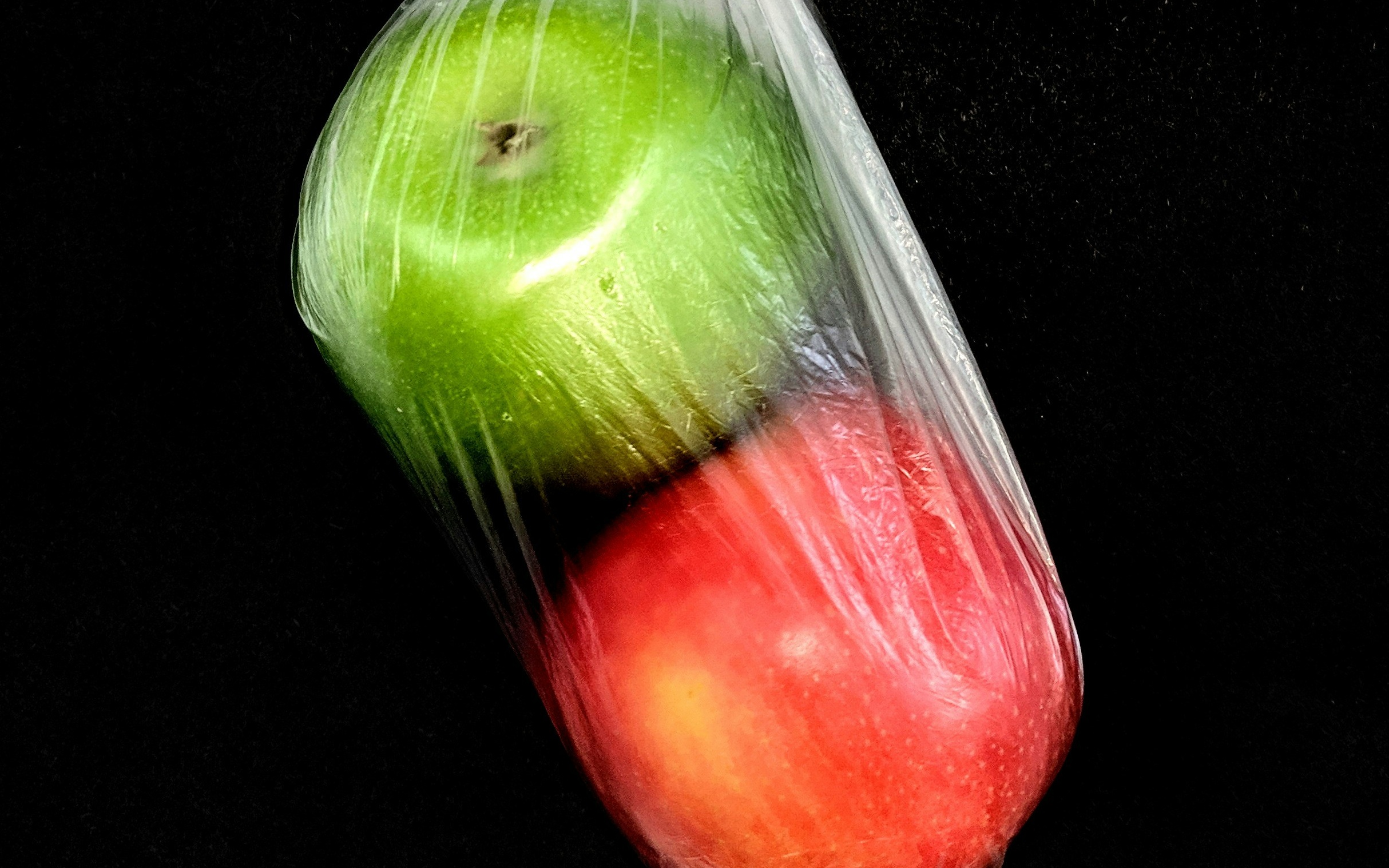
Scientists just figured out how many chemicals enter our bodies from food packaging
Shrink-wrap sealed around a piece of raw meat. Takeout containers filled with restaurant leftovers. Plastic bottles filled with soft drinks. These are just a few types of food packaging that surround humans every day. And a new study released Monday shows the chemical...
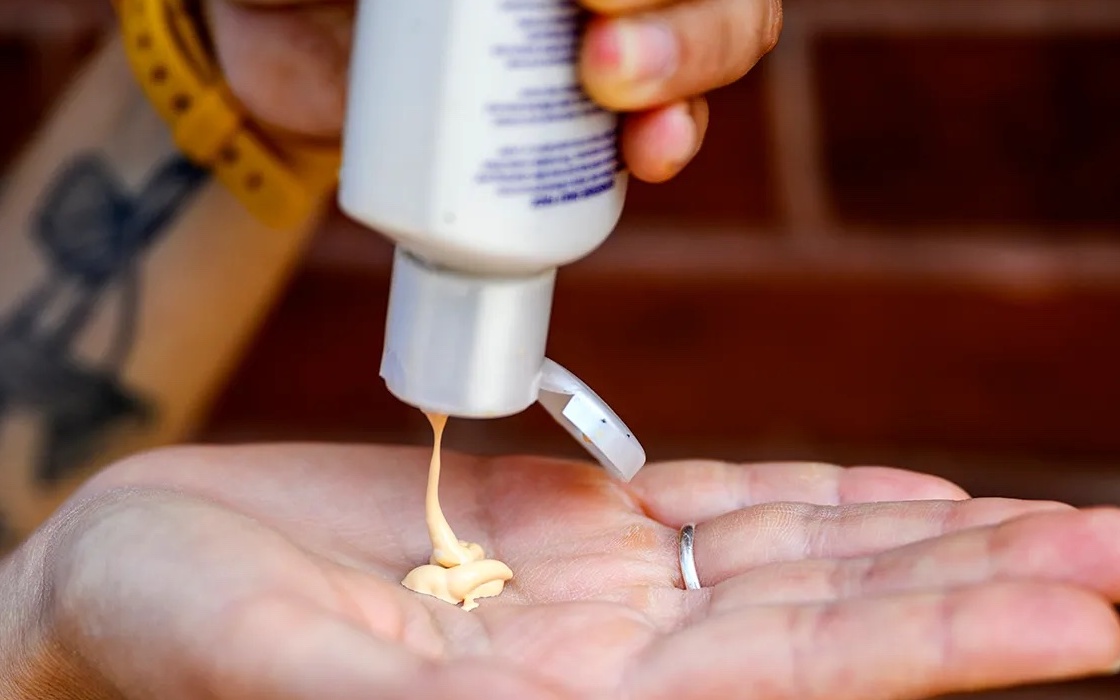
Chemicals found in sunscreen and makeup can lead to hypertension during pregnancy, study finds
Chemicals found in certain personal care products — including sunscreen and makeup — may cause hypertension during pregnancy and affect the long-term health of both the pregnant parent and the fetus, according to a study led by a Northeastern professor. The study...
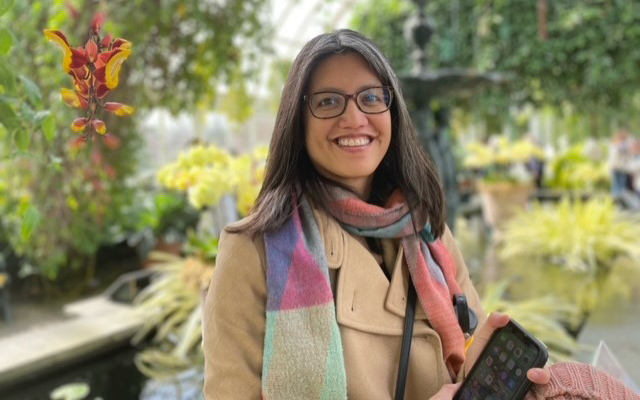
Promoting Healthy Environments for All: Maida Galvez, MD, MPH
Dr. Maida Galvez devotes her clinical, research and advocacy work to promoting healthy environments for all children and families. As a pediatrician and professor in the Department of Environmental Medicine and Public Health and the Department of Pediatrics at the...
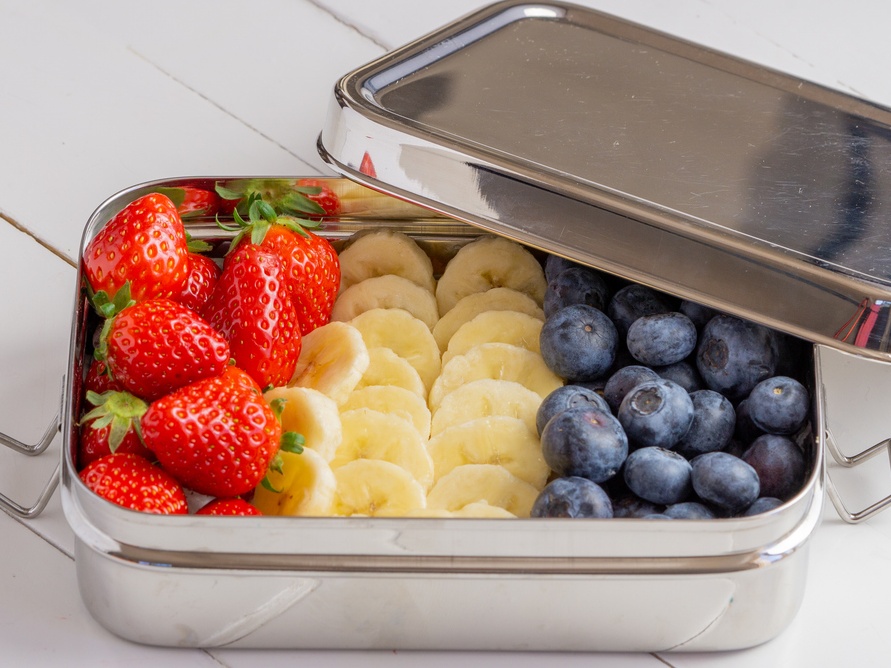
Choose glass, stainless steel or ceramic for food storage.
Store leftovers in glass, stainless steel, or ceramic containers and avoid plastic cling wrap. Be extra careful when storing hot food and drinks. Avoid plastic containers as heat makes plastic release harmful chemicals like phthalates, BPA and vinyl chloride.
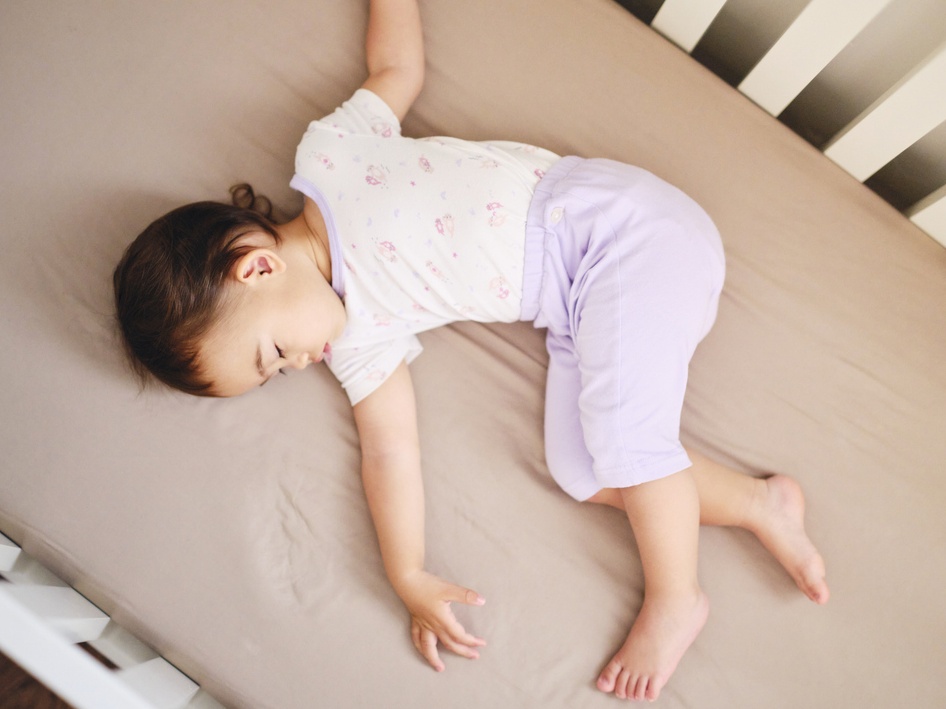
Avoid products with flame retardants.
Choose foam products, such as mattresses and upholstered furniture, that have a label that says “flame retardant free” or “compliant with TB-117-2013.” Flame retardants can harm health and affect a child’s brain.
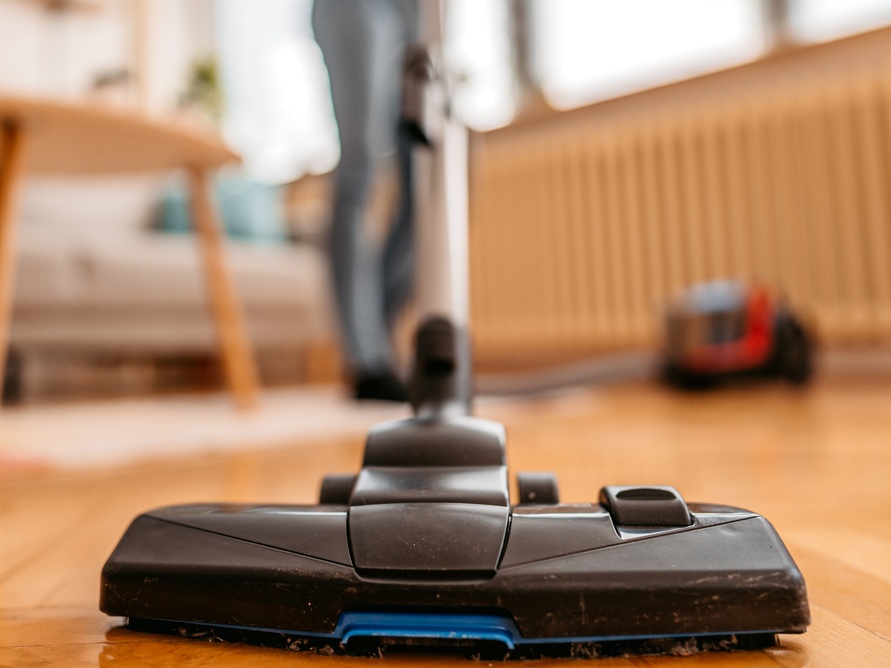
Vacuum your home regularly.
Make sure your vacuum cleaner has a HEPA filter to capture dust rather than blowing it around your home.
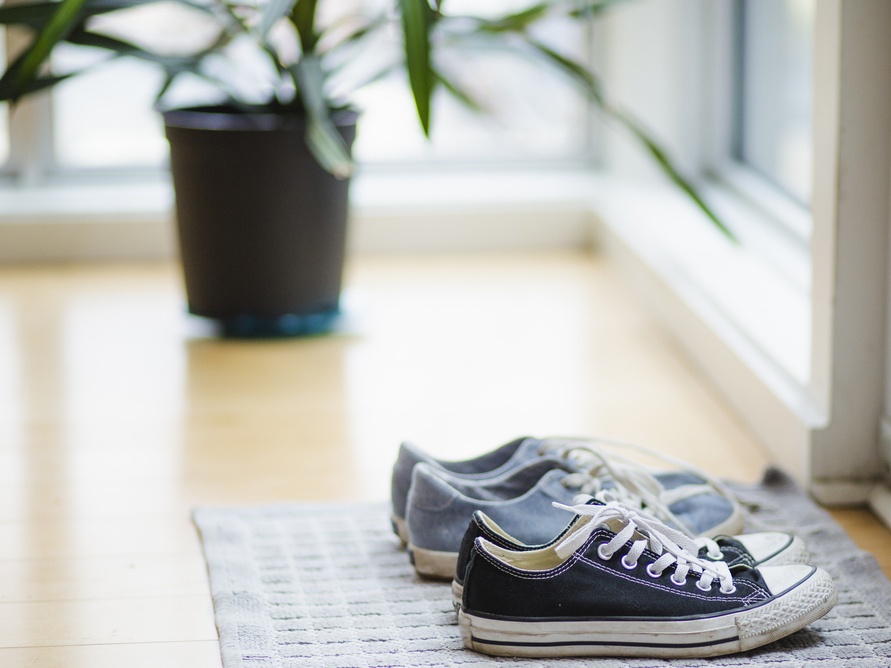
Take your shoes off at the front door.
Shoes can carry toxic chemicals into your home, so it’s best to take them off before entering your home. Use a doormat to reduce dust.
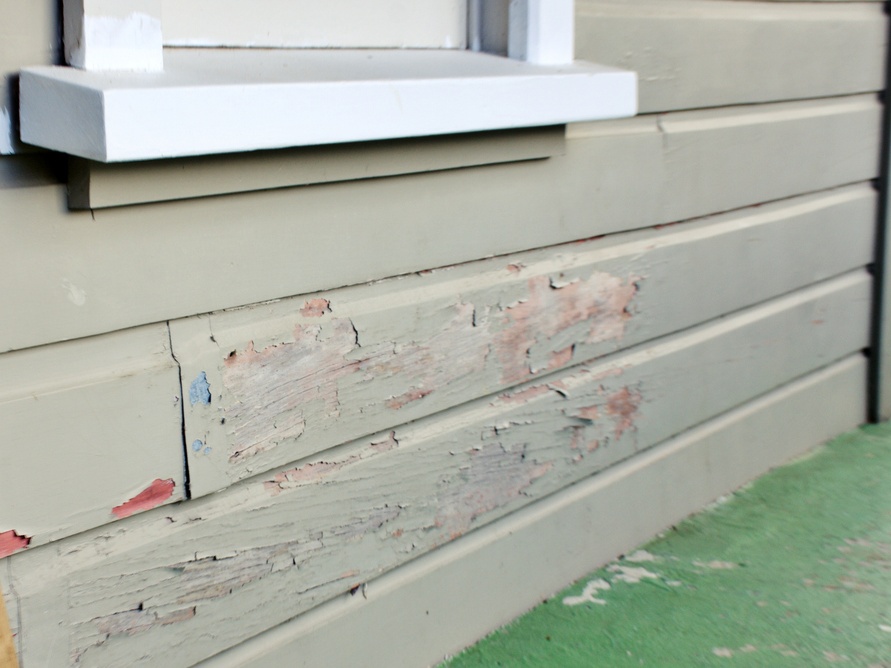
Beware of lead paint.
Homes built before 1978 may have lead paint. Cover any lead paint with fresh paint, wallpaper or tiles. Keep children away from chipping paint and soil around your home. Never sand or remove lead paint yourself. Call 1-800-424-LEAD for more information.
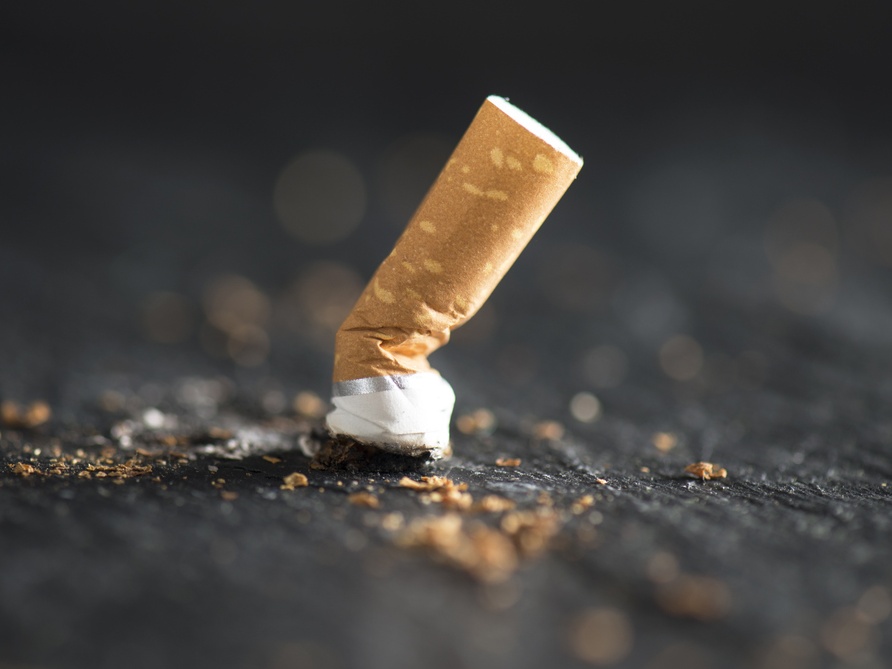
Don’t smoke.
Smoking during pregnancy and after birth exposes your child to many harmful chemicals. Avoid being around people who are smoking both in public or private spaces.

Pick cast iron or stainless steel cookware.
Nonstick pans are made with PFAS, which are harmful and can be absorbed into the food.
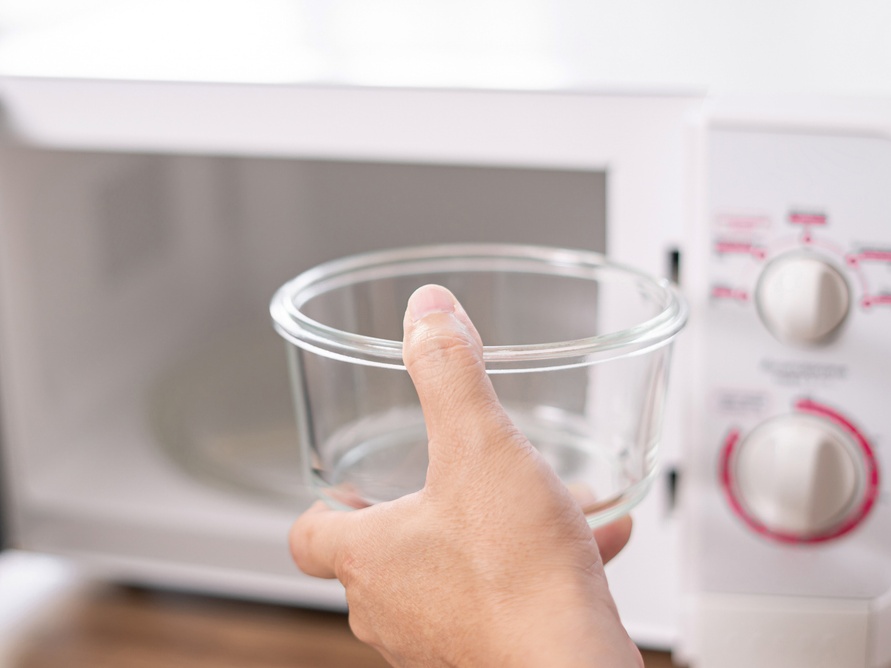
Never microwave in plastic, plastic cling wrap or Styrofoam.
Heat releases harmful chemicals from plastic. Use glass or ceramic dishes instead.

Ventilate your home when the outside air quality is good.
When the Air Quality Index (AQI) is good, open your windows and doors to improve your indoor air.
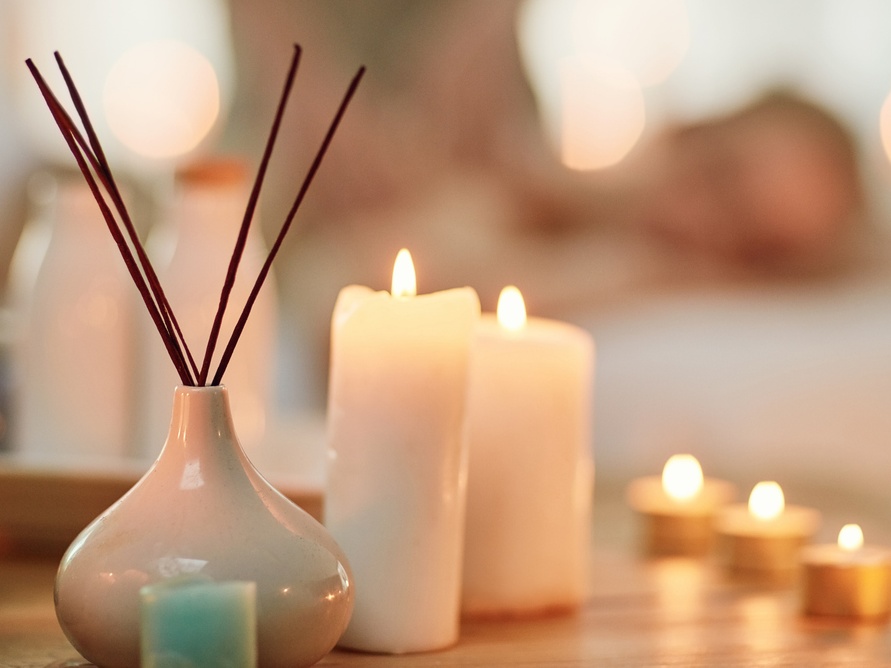
Avoid scented products.
Avoid air fresheners, candles, incense, oil lamps and wood fires as they impact air quality in your home.
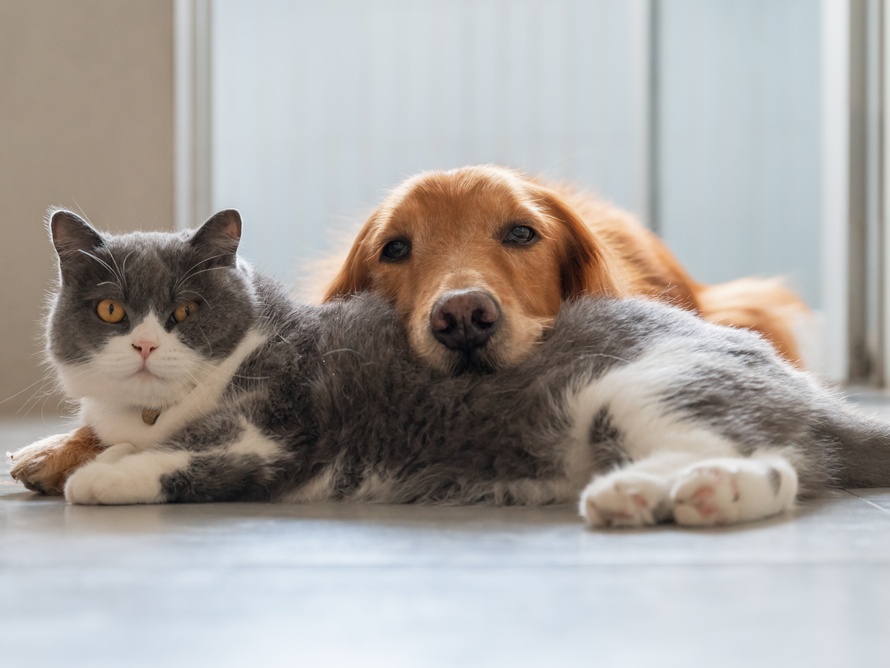
Control any pet fleas without chemicals.
Make sure to wash your pet bedding regularly and skip any chemical tick-and-flea collars or flea baths.
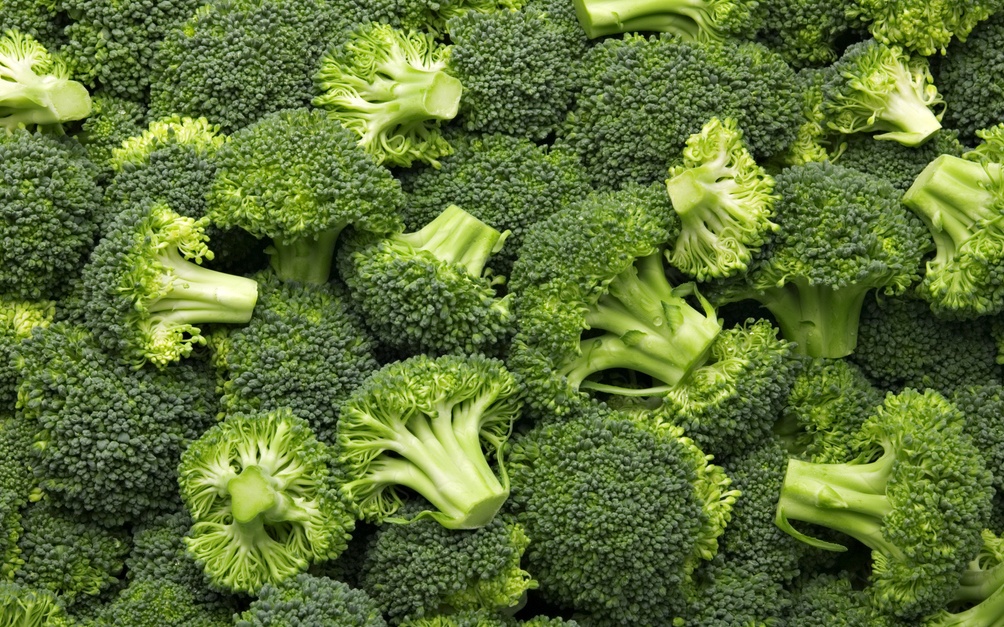
The EPA Banned a Pesticide That Is Dangerous for Fetuses. What to Know
For the first time in nearly four decades, the U.S. Environmental Protection Agency (EPA) on Tuesday, August 6 issued an emergency order to stop the use of a pesticide linked to serious health risks for fetuses.The pesticide, dimethyl tetrachloroterephthalate (DCPA or...
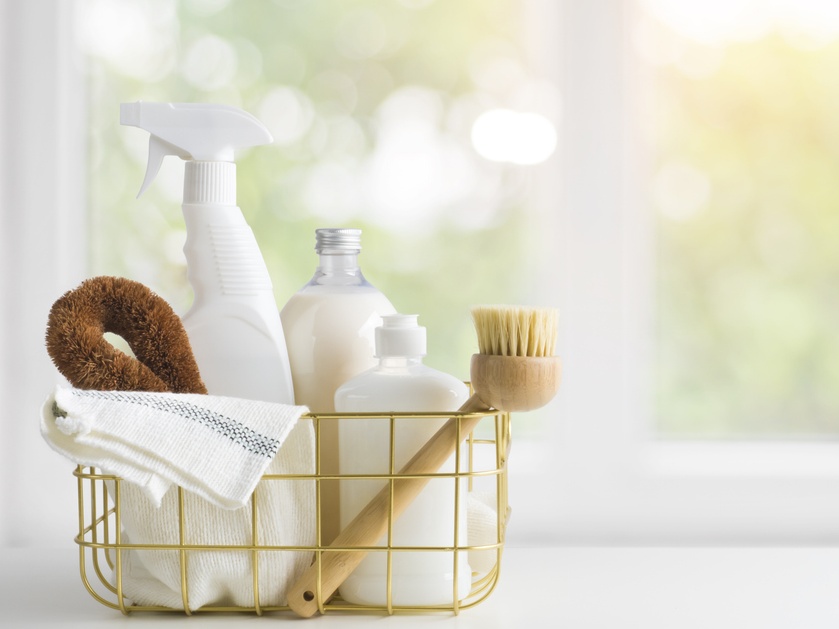
Clean with non-toxic products.
Purchase cleaning products labeled ‘fragrance-free.’ Or, even better, clean with vinegar and baking soda, which avoids harmful chemicals and saves money.
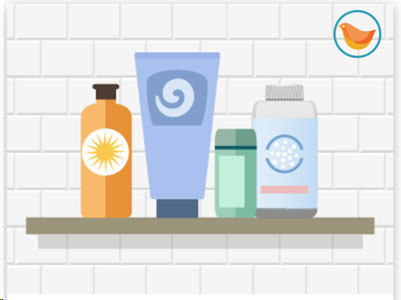
Use non-toxic personal care products.
Many personal care products have ingredients that can be harmful, especially for your reproductive health. Avoid products with “fragrance,” “parabens,” and “oxybenzone."
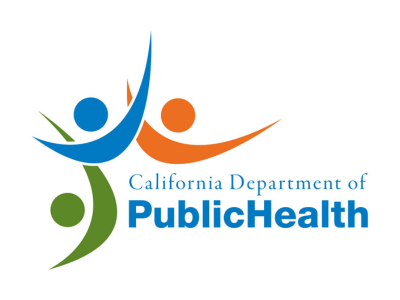
Lead Education Materials
The California Department of Public Health’s Childhood Lead Poisoning Prevention Branch has developed lead education materials in multiple languages for parents and families, healthcare provider offices, child caregivers, businesses and organizations, and others...

Childhood Lead Poisoning Prevention
This article from the CDC highlights where lead can be found in a child's environment and how parents, healthcare providers, and public health professionals can take steps to prevent lead exposure. https://www.cdc.gov/lead-prevention/prevention/index.html
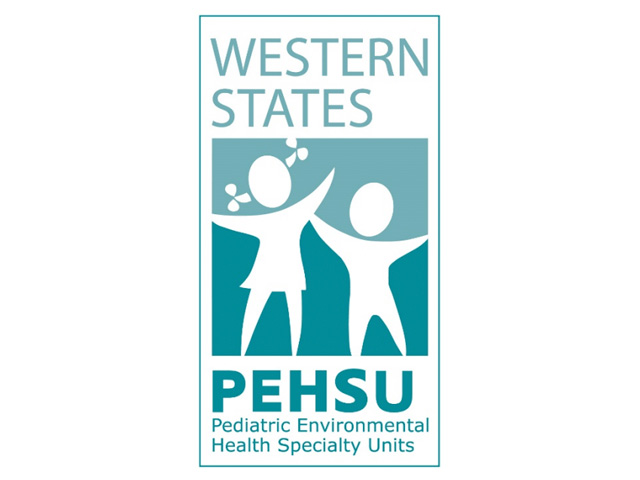
Lead in Drinking Water
This fact sheet was developed to help health care professionals respond to concerns about potential exposures to lead in drinking water across the United States. Health professionals are encouraged to follow the guidance below to help navigate discussions with...

How to Quit Smoking
This website from the CDC provides helpful smoking cessation resources, including resources for quitting, how to manage withdrawals, social media resources, and chatline services. https://www.cdc.gov/tobacco/campaign/tips/quit-smoking/index.html

Health Problems Caused by Secondhand Smoke
This article by the CDC highlights the dangers of secondhand smoking and the harmful health effects it has, especially among children. https://www.cdc.gov/tobacco/secondhand-smoke/health.html
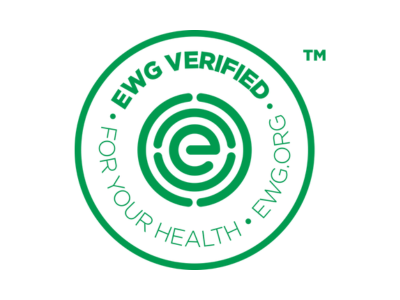
PFAS contamination in the U.S.
This interactive map from the Environmental Working Group (EWG) shows the 6,189 locations in 50 states, the District of Columbia, and four territories that are known to be contaminated with PFAS or "forever chemicals."...
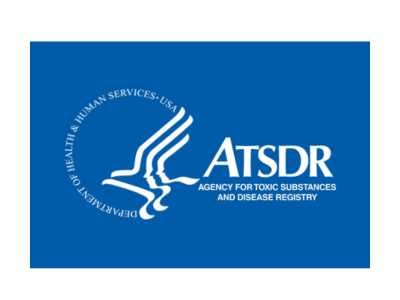
Per- and Polyfluoroalkyl Substances (PFAS) and Your Health
This website from the Agency for Toxic Substances and Disease Registry (ATSDR) provides resources and factsheets on PFAS, exposure assessments, and information for healthcare providers. https://www.atsdr.cdc.gov/pfas/resources/index.html

New research: PFAS detected in some menstrual and incontinence products
This article provides an overview of new testing by university researchers which revealed that many menstrual and incontinence products contain harmful "forever chemicals" known as PFAS. Dr. Graham Peaslee of Notre Dame and his graduate student Alyssa Wicks found low...
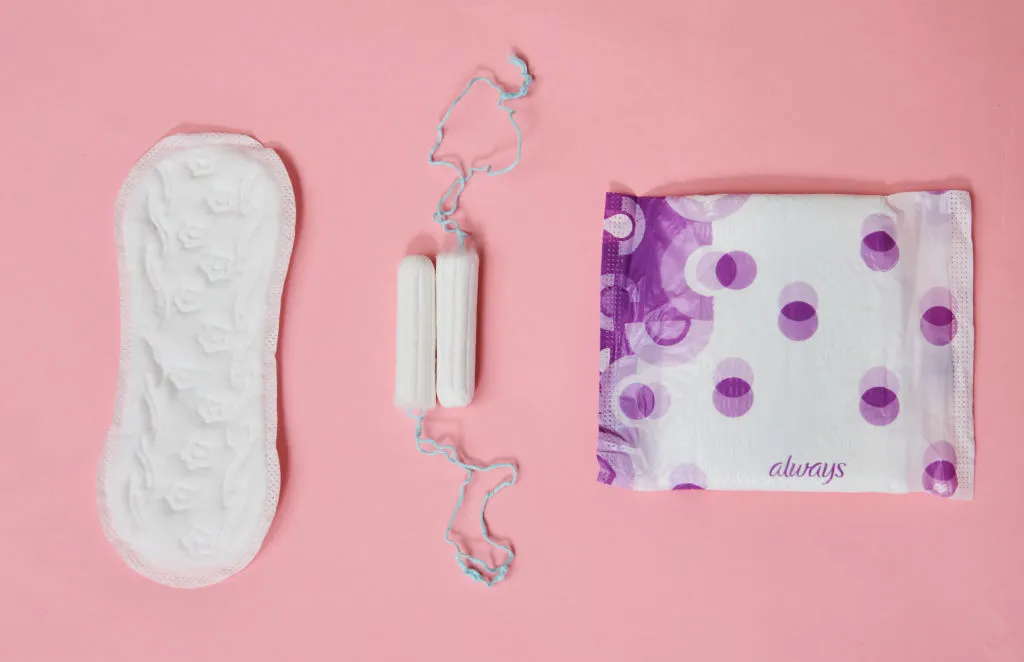
PFAS ‘Forever Chemicals’ Are Turning Up in Menstrual Products. Here’s What You Need to Know
This Time article highlights concerns about feminine hygiene products, which are essential for the 72 million U.S. women and girls of childbearing age (15-49). Despite the variety of products like tampons, pads, period underwear, and liners, there is growing evidence...
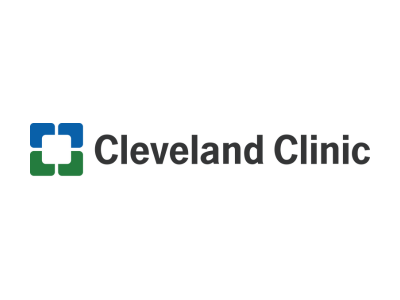
Are Plastic Baby Bottles Safe?
This article from the Cleveland Clinic discusses the safety concerns of plastic in baby bottles and the alternative options to consider. https://health.clevelandclinic.org/are-plastic-baby-bottles-safe
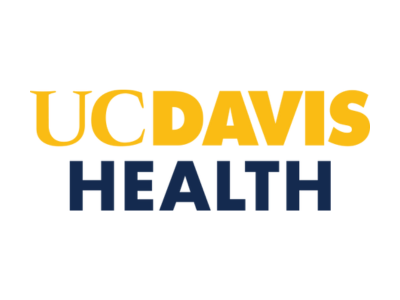
Plastics & Plastic Toys
This factsheet from Eco-Healthy Child Care helps early childhood learning environments to be as healthy, safe, and green as possible by reducing children’s exposure to toxic chemicals. It provides an overview of the health concerns of certain plastics in children's...

Prescriptions for Prevention
Western States PEHSU's Prescriptions for Prevention is a resource that provides actionable steps based on their Pediatric Environmental Health Toolkit (PEHT). The PEHT offers evidence-based information on health hazards from air, water, food, and consumer products....

Arsenic, lead and other toxic metals detected in tampons, study finds
A recent study from the Journal of Environmental International found that tampons sold in the United States and Europe contain more than a dozen metals, including lead and arsenic. The Food and Drug Administration (FDA) is reviewing the findings, but consumers are...

Personal and Community Climate Actions
In this 5th episode of "Climate Is Health" from the Harvard T.H. Chan School of Public Health, Raj Mundra engages in a discussion with three of his students about their climate activism and the motivations behind their actions. Raj Mundra, Dean of Studies and biology...

Climate Change, Inequitable Impacts & Community Resilience
In this 4th segment of "Climate Is Health" from the Harvard T.H. Chan School of Public Health, Kristin Baja discusses community resilience and introduces the concept of resilience hubs. She addresses the disparities in the impacts of climate change and outlines...

How Climate Change Impacts You, Your Health, & Community
In this third installment of "Climate Is Health" from the Harvard T.H. Chan School of Public Health, Miho (民穂) Aida discusses her personal journey into climate activism. She shares her experiences as a filmmaker, outdoor adventurer, educator, and Equity &...

Connection Between Climate Change & COVID-19
From the Harvard T.H. Chan School of Public Health series "Climate Is Health," Dr. Aaron Bernstein explores the linkages between climate change and COVID-19. He provides an introduction to the coronavirus and elucidates how factors contributing to climate change and...

Basics of Climate and Health
In the first session of the Harvard TH Chan School of Public Health's "Climate Is Health" series, Gina McCarthy discusses her government experience with climate and environmental issues. She emphasizes the crucial yet often overlooked connections between climate and...

Climate Is Health Series Introduction
This video from the Harvard TH Chan School of Public Health introduces the concept of climate change as a determinant of health and wellbeing. Governor Peter Shumlin discusses the idea behind this new series of teaching resources, and expresses optimism about the...
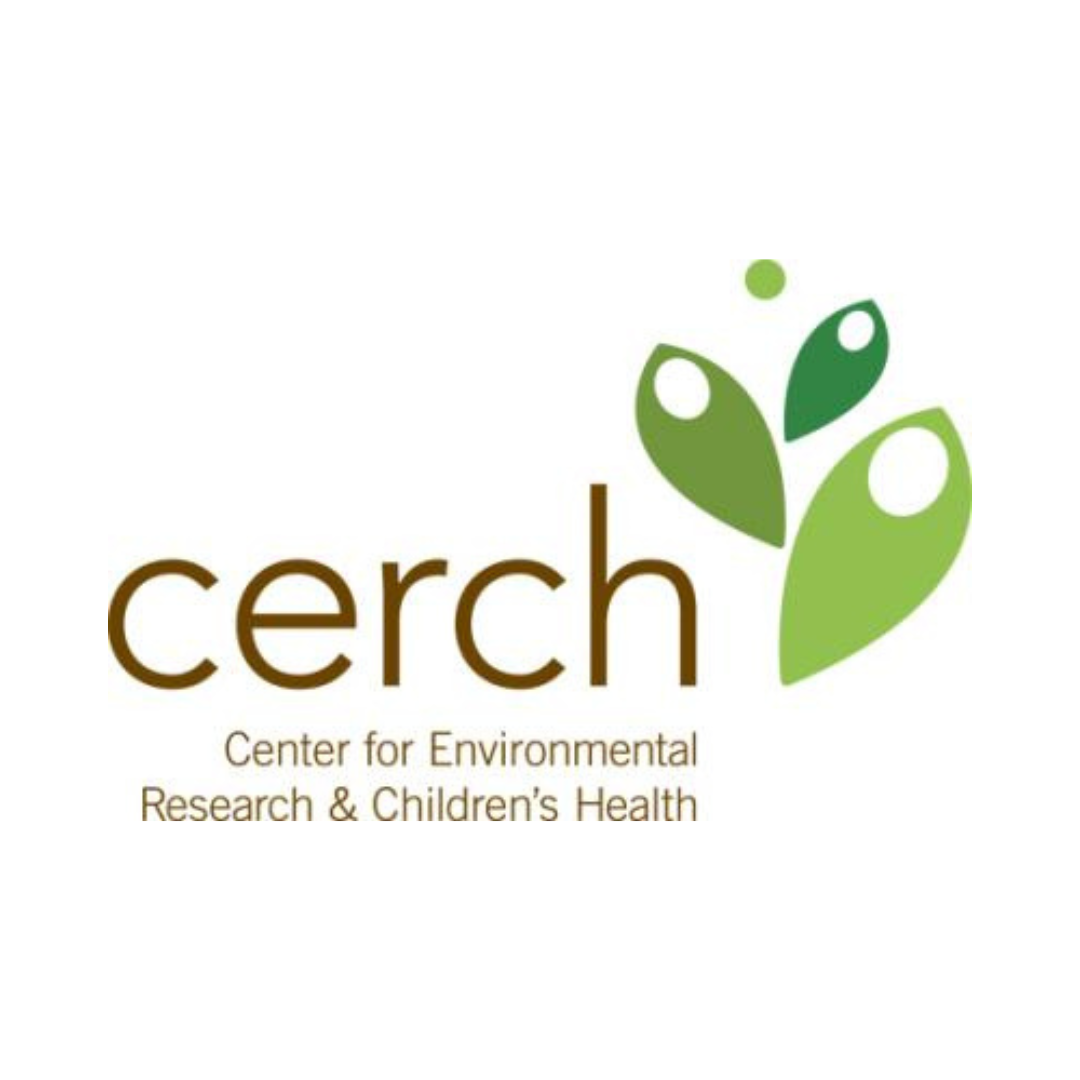
Seguridad de los productos de limpieza en el hogar: El estudio LUCIR
Casi todo el mundo usa productos de limpieza. En promedio, las mujeres realizan más tareas de limpieza que los hombres, mientras que la gran mayoría de profesionales Casi todo el mundo usa productos de limpieza. En promedio, las mujeres realizan más tareas de limpieza...

Elegir productos de limpieza ecológicos más seguros en la tienda: El Estudio LUCIR
Casi todo el mundo usa productos de limpieza. En promedio, las mujeres realizan más tareas de limpieza que los hombres, mientras que la gran mayoría de profesionales Casi todo el mundo usa productos de limpieza. En promedio, las mujeres realizan más tareas de limpieza...

Reducción de la exposición a sustancias químicas nocivas en los productos de limpieza: Estudio LUCIR
Casi todo el mundo usa productos de limpieza. En promedio, las mujeres realizan más tareas de limpieza que los hombres, mientras que la gran mayoría de profesionales Casi todo el mundo usa productos de limpieza. En promedio, las mujeres realizan más tareas de limpieza...

Choosing Safer Green Cleaning Products in the Store The LUCIR Study
This video provides tips and tricks for choosing safer cleaning products while shopping.

Reducing Exposures to Harmful Chemicals in Cleaning Products: LUCIR Study Results
This video explores the use of cleaning products, highlighting their prevalence among women, particularly Latina household cleaners in California. It discusses the lack of public knowledge about the chemicals in these products, which studies suggest can impact health....

Breaking the Chain of Infection to Protect Children’s Health
This video is about reducing children's exposure to bacteria and viruses. It is brought to you by the Western States Pediatric Environmental Health Specialty Unit (WS PEHSU) at the University of California San Francisco.

Healthier Cleaning Product Selection to Protect Children’s Health
These videos, produced by the Western States Pediatric Environmental Health Specialty Unit (WS PEHSU) at the University of California San Francisco, provide expertise and resources on the connections between the environment and the health of pregnant people and...

Healthier Indoor Air, Ventilation and Filtration to Improve Children’s Health
These videos, created by the Western States Pediatric Environmental Health Specialty Unit (WS PEHSU) at the University of California San Francisco, offer expertise and resources on the links between the environment and the health of pregnant people and children. The...
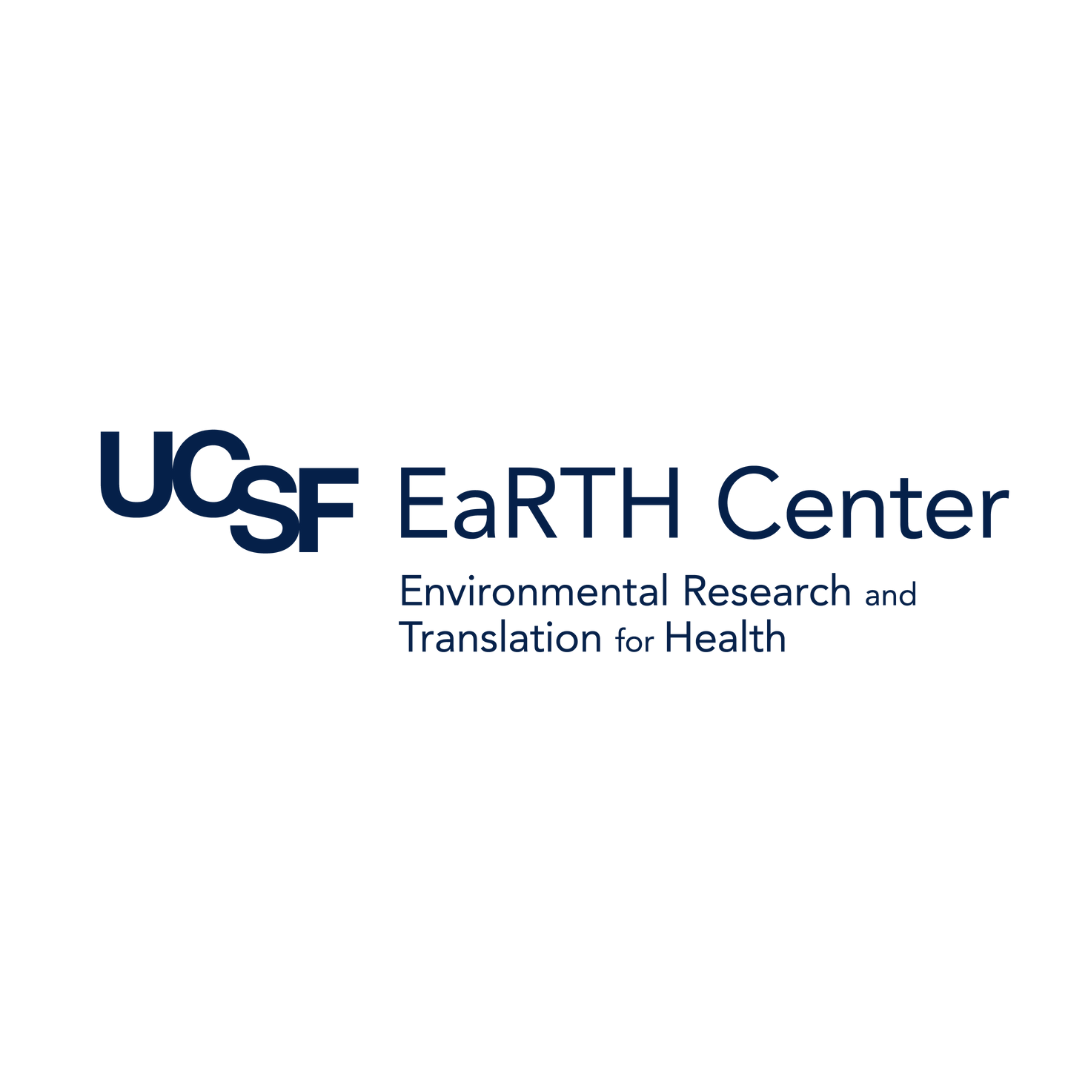
UCSF Earth Center: A Call to Action: Transforming Community-Academic Partnerships to Secure Environmental Justice for All
This webinar will reflect on the long history of contamination in the Bayview Hunters Point community, the health harms disproportionately suffered by its members, and the challenges and opportunities for collaboration among community members, academics, scientists,...

UCSF Earth Center: Structural Racism and Environmental Justice in a World of Pandemics
Reflecting on the devastating and disparate impacts of the COVID-19 pandemic on communities of color, this panel will examine the role of structural racism in health outcomes and the systemic changes necessary to ensure health equity.

UCSF Earth Center: Environmental Injustice and Health Politics: Systems Change and Social Care
This session follows a moderated discussion to explore the structural inequities in the healthcare system, highlighted by the COVID-19 pandemic. It will address the institutional, socio-political, and policy changes needed to rebuild the health of the population, the...

UCSF Earth Center: Reimagining An Equitable Food System: Impact of Food Production on Agricultural Communities
This webinar will investigate how the fossil fuel and petrochemical industries have caused climate emergencies, threatening global food production, human health, and soil health. It will explore the pervasive presence of chemicals in our food supply and the cumulative...

UCSF Earth Center: Environment, War and Conflict
This webinar will examine how climate-fueled environmental disasters are increasingly causing mass displacement of populations both within and across borders. According to the United Nations, refugees, stateless people, and the internally displaced often live in...

UCSF Earth Center: Environmental Threats to Reproductive Health and Human Fertility
This webinar examines how the climate emergency and widespread exposure to toxic environmental chemicals affect human reproductive health and fertility. Panelists discuss current scientific research and its implications for clinical and public health policies. The...

Childhood Development, Resilience and the Environment
This program delves into critical developmental windows where social stressors and chemical exposures can profoundly impact children. Factors like family interactions, community support, nutrition, housing quality, and safe environments for work and play are crucial...
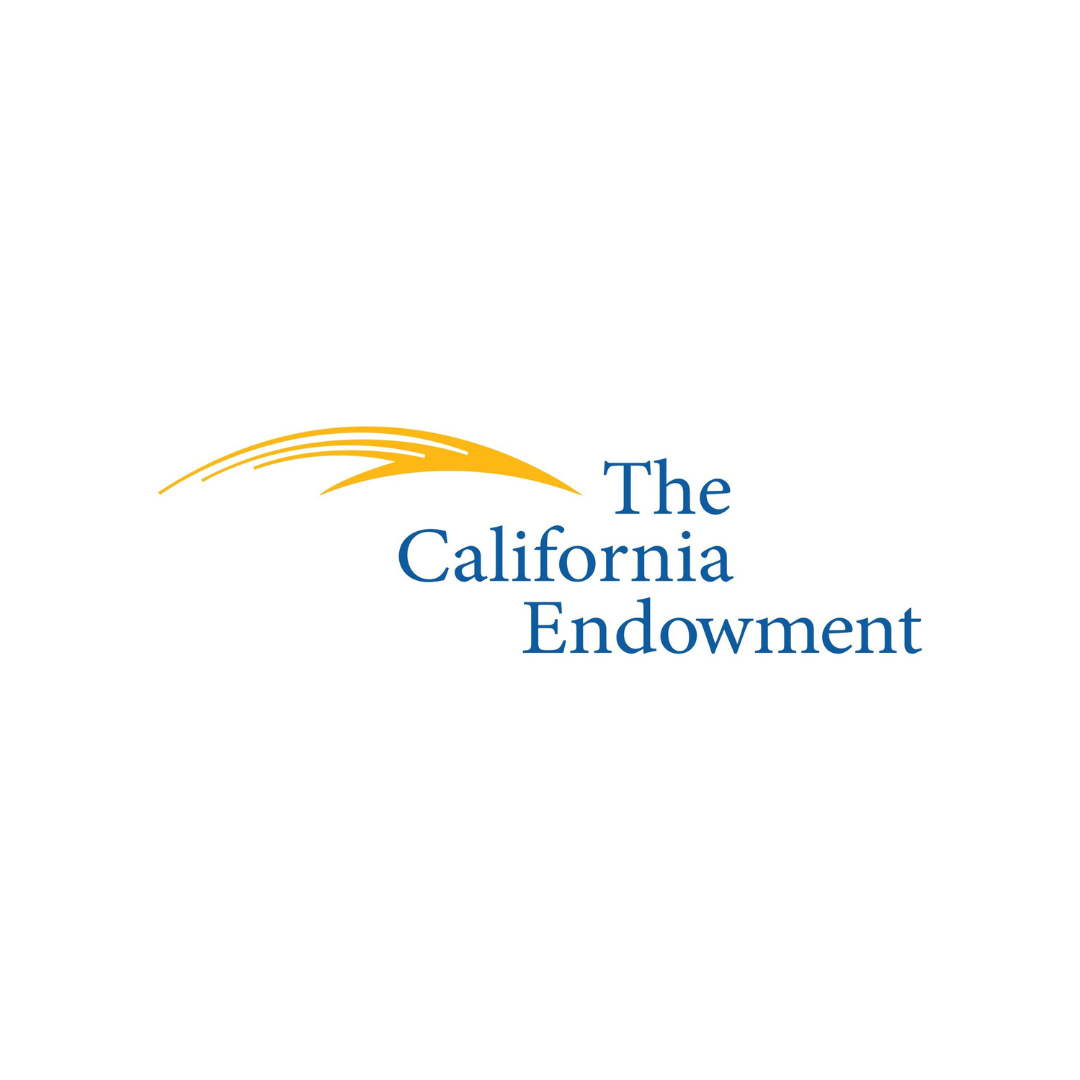
A Tale of Two Zip Codes
This video highlights how your zip code impacts your health more than your genes. Many U.S. communities lack access to healthy food, parks, and quality education—key factors influencing life quality and duration. The California Endowment’s 10-year Building Healthy...

CountyHealthRankings Webinar: Why Wealth Matters to Your Health
In this webinar by CountyHealthRankings, experts explore the enduring racial wealth divide in the United States, particularly affecting Black Americans who hold just 10% of the wealth compared to their white counterparts. The discussion covers the origins and...

Los Golpes de Calor y El Cambio Climático (Spanish) (Climate Change, Heat Stress, and Health)
Los golpes de calor son más frecuentes debido al cambio climático, y los niños son los más vulnerables.

El Impacto de los Plasticos en la Salud (Spanish) (The Health Impacts of Plastics)
La mejor manera de protegernos de los efectos que los plásticos tienen en la salud es dejar de crearlos, comprarlos y usarlos en la medida de lo posible.

Los Desastres Naturales y Tormentas Severas (Spanish) (Natural Disasters and Severe Storms)
Los desastres naturales, como los huracanes, las inundaciones y los incendios forestales, están empeorando y se están volviendo más frecuentes a causa del cambio climático.

Children’s Health and the Impacts of Plastics
This video from the Western States Pediatric Environmental Health Specialty Unit (WS PEHSU) at UCSF addresses the impact of plastics on children's health, focusing on protecting them and pregnant individuals from toxic chemicals found in plastics. Part of the...

Climate Change, Heat Stress and Health
This video from the Western States Pediatric Environmental Health Specialty Unit (WS PEHSU) at UCSF explores the impact of climate change on health, focusing on protecting children and pregnant people from heat stress. Part of the "Prescriptions for Prevention"...

Keep Kids Healthy by Preparing for Natural Disasters
This video from the Western States Pediatric Environmental Health Specialty Unit (WS PEHSU) at UCSF offers expert insights on environmental health for pregnant people and children. Part of the "Prescriptions for Prevention" series, it provides guidance on protecting...

EWG Guide for Avoiding Pesticides
A guide from the EWG with tips to help you and your family avoid pesticides.

EWG Guide: Effects of radiofrequency radiation on the nervous system
This EWG factsheet provides the latest insights on scientific findings, regulatory developments, and practical tips to minimize your exposure to cell phone radiofrequency radiation. [embeddoc...

EWG Guide: Top Tips for Better Air Quality
Airborne pollutants significantly contribute to respiratory diseases like asthma. The EWG’s guidebook provides resources on improving air quality and health.

EWG Guide to Avoiding PFAS Chemicals
Per- and polyfluorochemicals, or PFAS chemicals, are extensively used in coatings for their water, grease, and stain resistance across various consumer and industrial applications. The EWG’s Guide to Avoiding PFAS Chemicals provides strategies to steer clear of these...

EWG Quick Tips for Choosing Safer Personal Care Products
This EWG essential guidebook on safer cleaning products has top recommendations to help you make informed choices to create a healthier home environment.

EWG Guide to Healthy Cleaning
Discover a healthier home: EWG's essential guide to safer cleaning products.
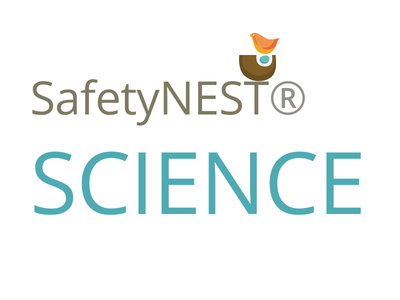
Dormitorio del Bebé: Consejo para Eviatar los Riesgos de Contaminantes Tóxicos Durante y Después del Embarazo
Dormitorio del Bebé: Consejo para Eviatar los Riesgos de Contaminantes Tóxicos Durante y Después del Embarazo

Nursery Tipsheet: Tips to Avoid Toxic Chemicals During and After Pregnancy
Tipsheet with tips to avoid toxic chemicals during and after pregnancy in the nursery.

El Baño: Cosejos para Evitar los Riesgos de Contaminantes Tóxicos Durante y Después del Embarzo
El Baño: Cosejos para Evitar los Riesgos de Contaminantes Tóxicos Durante y Después del Embarzo

Bathroom Tipsheet: Tips to Avoid Toxic Chemicals During and After Pregnancy
Tipsheet with tips on how to avoid toxic chemicals during and after pregnancy in the bathroom.
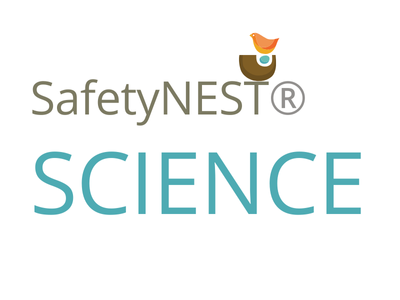
Kitchen Tips: Tips to Avoid Toxic Chemicals During and After Pregnancy
Tipsheet with tips to avoid toxic chemicals during and after pregnancy in the kitchen.

La Cocina
Consejos para Evitar los Riegos de Contaminantes Toxicos Durante y Despues del Embarazo

Air Cleaners and Air Filters in the Home
The most effective ways to improve your indoor air are to reduce or remove the sources of pollutants and to ventilate with clean outdoor air. In addition, research shows that filtration can be an effective supplement to source control and ventilation. Using a portable...

Microplastics may be new risk factor for cardiovascular disease
Add one more likely culprit to the long list of known cardiovascular risk factors including red meat, butter and stress: microplastics. In a study released Wednesday in the New England Journal of Medicine, an international team of physicians and researchers showed...

This Journalist Is Uncovering the Dirty Side of Fast Fashion
An article highlighting the toxics in fast fashion and the negative environmental and health impacts of this industry. "...Journalist Alden Wicker examines a neon orange purse that’s selling for $14.99. She pulls a tag out of the bag: Instead of listing materials, it...

Major Medical Groups Increasingly Warning Of Toxic Chemical Risks To Unborn Babies
During her five-and-a-half-year battle with infertility, Julieta Pisani McCarthy bought organic foods and chose personal care products free of synthetic ingredients such as parabens and phthalates. And when she finally did become pregnant with her first son, Nicolas,...
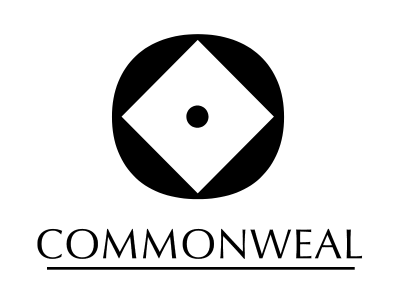
New Frontiers for SafetyNEST
I started SafetyNEST with the deep conviction that every pregnant woman and family deserves clear, credible, and actionable guidance to safeguard their pregnancy and family. While it is widely accepted that toxic chemical exposure contributes to reproductive, child, and adult disease, addressing these exposures has been largely absent from professional healthcare practice.

SafetyNEST wins 2023 HHS Award to Reduce EDC Exposure for Black Women
The U.S. Department of Health and Human Services (HHS), through the Office of the Assistant Secretary for Health (OASH) Office on Women’s Health (OWH), is awarding the 15 winners for Phase 1 of the HHS Endocrine-Disrupting Chemicals (EDC) Innovator Award Competition....

New report highlights impact of roadway air pollution on indoor air quality
This report highlights the health impacts of roadway air pollution on indoor air quality from UC Davis. The authors discuss the health risks of residing near major pollution areas, including the risk of developing respiratory, cardiovascular, and reproductive health...
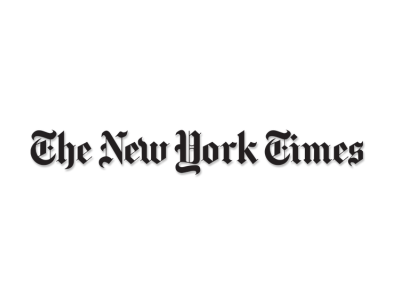
The Types of Plastics Families Should Avoid
An overview of the health impacts of different types of plastic and how to reduce exposure to harmful compounds found in them.
“I Can’t Breathe.”- Black Americans and the burden of environmental racism
A piece on environmental racism and the intersection between air pollution, environmental justice, and health. "...In late May, police officer Derek Chauvin forcibly knelt on the neck of 44-year-old George Floyd in Minneapolis, Minnesota. As Floyd was pinned between...

Childhood exposure to common herbicide may increase the risk of disease in young adulthood
A piece on the increased risk of disease in young adulthood from childhood exposure to glyphosate (Roundup) from UC Berkeley Public Health. "New research from the UC Berkeley School of Public Health shows that childhood exposure to the world’s most widely used weed...

Common US Consumer Products Release Toxic Compounds
Some of the most common consumer products probably release 5,000 tons of volatile organic compounds (VOCs) in American homes annually, new research on the dangerous class of chemicals finds. The research, which analyzed ingredient lists across dozens of product...

The race to destroy the toxic ‘forever chemicals’ polluting our world
An article on PFAS and industrial context, and how countries all over the world are working to destroy the toxic 'forever chemicals.' "...“Forever chemicals” are in our drinking water sources, sea foam and spray, rain and groundwater, sea ice, and even human blood –...

Salinas Valley teens find green cleaning is worth the hype
"...In a new study, teenagers from California’s Salinas Valley worked alongside UC Berkeley scientists on research showing that switching to green cleaning products can reduce users’ exposure to a variety of toxic chemicals. The high school team also created a series...

It’s No Surprise Our Water Infrastructure Is So Bad
An article about the United State's water supply and the toxics in water. "...Think of it this way: What we don’t know will hurt us. And water—yes, water—is an example of just that. Even at a time of such angry political disputes, you might imagine that, in a wealthy...

Pretty hurts: are chemicals in beauty products making us ill?
An article highlighting the toxic compounds in cosmetics and personal care items women use every day that could be connected to numerous health problems. Read more here.

Common Consumer Products Contain Multiple Toxic Chemicals, New Study Shows
A New York Times article highlighting recent findings on multiple toxic chemicals in numerous, everyday consumer products, specifically nails, hair, and cleaning products.

Blueprint for Protecting Children’s Environmental Health
Blueprint for Protecting Children's Environmental Health .

Climate Resources For Health Education
This is an expert-reviewed repository of learning objectives, slides, and cases for climate change and health curricula. Learn more here.

Environmental Justice Index
The Environmental Justice Index (EJI) scores census tracts using a percentile ranking which represents the proportion of tracts that experience cumulative impacts of environmental burden and injustice equal to or lower than a tract of interest. For example, an EJI...

Environmental Justice Screen
Mapping tool for nation-wide EJ challenges
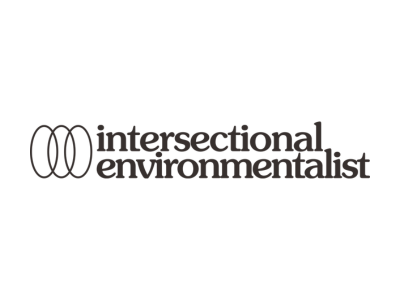
Resources for Environmental Justice
Grounded in a mission to increase awareness and access to education about intersectional environmentalism and drive support toward grassroots environmental justice efforts, this organization builds programs and partnerships that seek to empower communities that are...

Reproductive Justice Resources
Resources for improved access to diverse, environmental health-informed reproductive services

Tapwater database
Look up contaminants in your local tap water and find the best filters using EWG's guidance here.

Seafood guide
EWG's consumer guide to eat healthy fish and shellfish that are high in omega-3 fatty acids and low in mercury. Learn more and get the guide here.

EWG Dirty Dozen Guide
The Shopper's Guide to Pesticides in Produce™ represents EWG’s analysis of the latest fruit and vegetable testing data from the Department of Agriculture and Food and Drug Administration. The 2024 guide includes data from 47,510 samples of 46 fruits and vegetables....
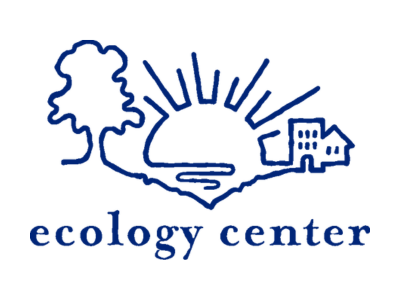
Health and Environment Factsheets
Series of factsheet on healthy gardening, plastics, pest control, climate change, water quality. Explore the resources here.

Wildfires and Children’s Health
Large forest fires in the western United States have been more frequent in recent years and many have been much more devastating. With a changing climate this is likely to continue or worsen. Because children breathe more air per minute than adults, and have lungs...

Climate Change and Pregnancy
A series of fact sheets covering health risks associated with climate change and pregnancy as well as health advice and guidance for clinicians.
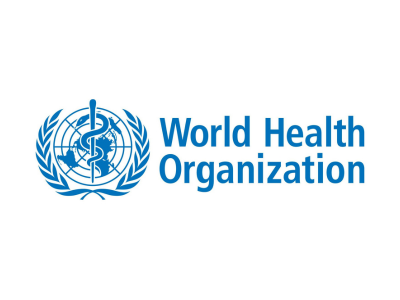
Climate Change and Health
Climate change presents a fundamental threat to human health. It affects the physical environment as well as all aspects of both natural and human systems – including social and economic conditions and the functioning of health systems. It is therefore a threat...
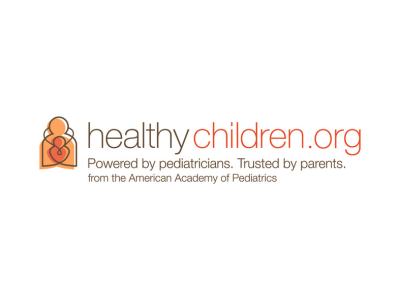
Choosing a Baby Formula
To keep baby formulas safe, the U.S. government and the Food and Drug Administration (FDA) have rules about what goes into them and how they are made and sold. When shopping for infant formula, you'll find several basic types. Here are some tips on formula types and...
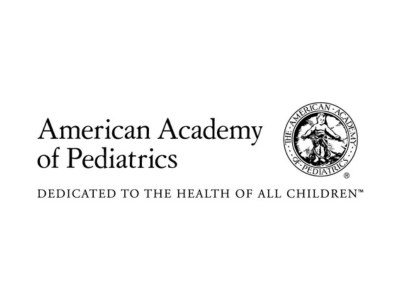
Breastfeeding Overview
Most health professionals are familiar with the benefits of breastfeeding. The AAP continues to support the unequivocal evidence that breastfeeding protects against a variety of diseases and conditions.. Learn more about the benefits of breastfeeding here.

The Dangers of Secondhand Smoke
Even if you don't smoke, breathing in someone else's smoke can be deadly too. Secondhand smoke causes about 3,000 deaths from lung cancer and tens of thousands of deaths from heart disease to nonsmoking adults in the United States each year. Learn more here.

Tips to Keep a Smoke-free Home & Car
You may already know that secondhand smoke is dangerous for anyone, especially children, but did you know that smoke can stay in a room for a long time after someone smokes there? Learn more here.
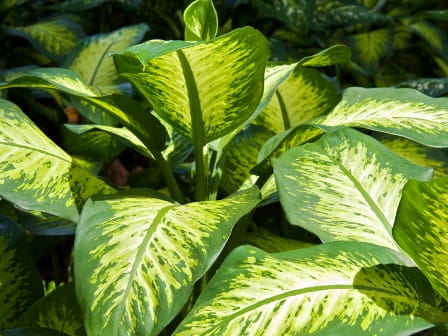
Poisonous Plants
A glossary of toxic and non-toxic plants from the ASPCA. This list also includes plants that are toxic and non-toxic to dogs, cats, and horses.

Childproofing Your Home for Poisons
Children are naturally curious and love to explore. Young children especially like to explore by putting things in their mouths. Before or as soon as your child begins crawling or walking, take extra steps to make sure harmful items are out of reach, out of sight, and...

Poisonous and Non-poisonous Plants
Some plants can be poisonous if you eat them. Others can hurt you if you get them on your skin. For some plants, all parts of the plant are poisonous. For others, only certain parts of the plant are harmful. The danger can range from mild irritation to severe illness...

Children’s Headphones May Carry Risk of Hearing Loss
Description of how to reduce children's hearing loss from headphone use
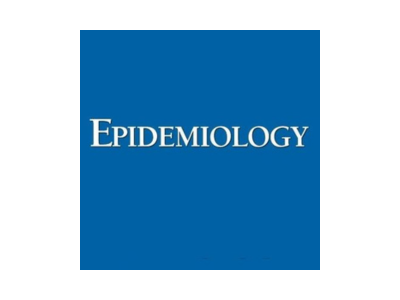
The Association Between Talc Use and Ovarian Cancer
A Retrospective Case–Control Study in Two US States.
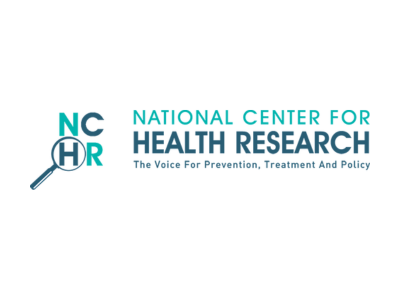
Talcum Powder and Ovarian Cancer
A growing body of evidence suggests that using talcum powder (also called talc) in the genital area can increase a woman’s chances of developing ovarian cancer. The more years she uses talc, the more likely she is to develop ovarian cancer.1 Talc is an ingredient in...

Hand Sanitizer Use Out and About
Germs are everywhere! They can get onto hands and items we touch during daily activities and make us sick. Cleaning hands at key times with soap and water or hand sanitizer that contains at least 60% alcohol is one of the most important steps you can take to avoid...

Triclosan
Triclosan is an antimicrobial agent that is added to household and industrial products to prevent bacterial and fungal growth. Triclosan’s chemical structure has striking similarities to thyroid hormones and to several known endocrine disruptors including...

Why a Chemical Banned From Soap Is Still in Your Toothpaste
This article from the New York Times discusses toothpaste safety, specifically the FDA's ban of the antibacterial chemical triclosan in popular toothpaste like Colgate Total. https://www.nytimes.com/2016/09/07/well/live/why-your-toothpaste-has-triclosan.html
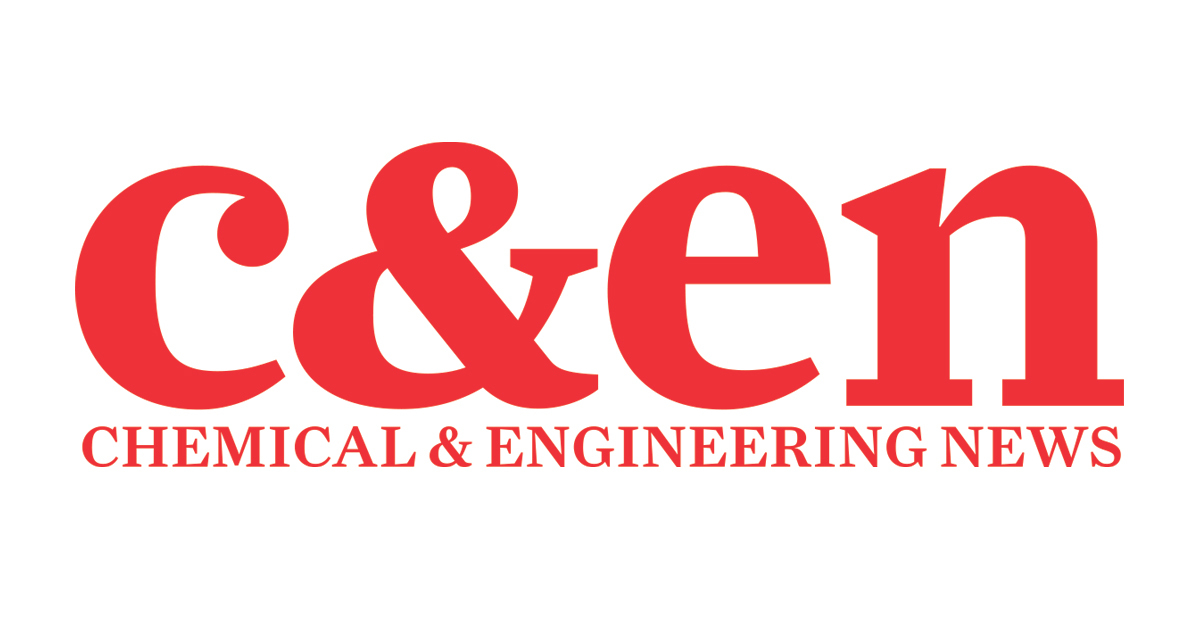
New materials take a bite out of tooth decay
Mercury and gold give way to polymer composites, alternative cavity treatments, and new tooth replacement materials. Learn more here.
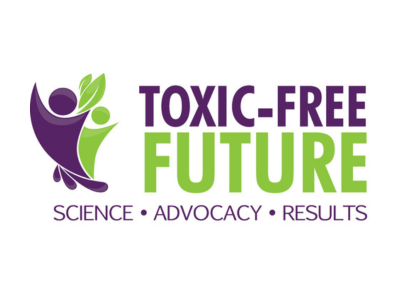
Toxic-Free Future
Toxic-Free Future is a national leader in environmental health research and advocacy. Find a variety of resources focused on climate change, water quality, plastics, environmental justice and more here.
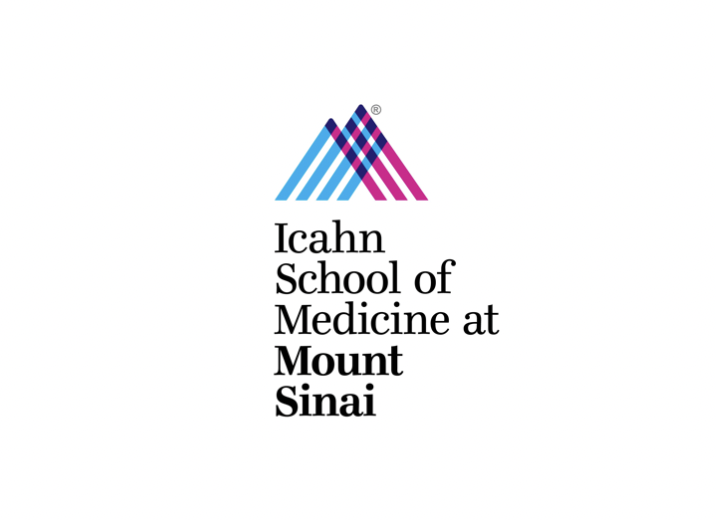
Kitchen Tips
Get quick tips from Icahn School of Medicine's Professor and Pediatrician Dr. Maida Galvez about ways to reduce exposure to toxic chemicals that might be found in your kitchen. https://youtu.be/B6WsWOU25OI

Food Storage
Get some quick tips from Icahn School of Medicine's Dr. Maida Galvez about ways to safely store your food. https://youtu.be/364Wu9wBPHk

Safe Microwave Tips
Hear from Dr. Maida Galvez, Pediatrician and Professor, Icahn School of Medicine at Mount Sinai, about how best to safely heat up your food using a microwave. https://youtu.be/WPfgtBUvNvI
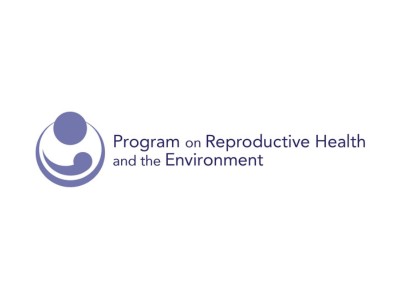
60 MiNutes Toxic
A puppet parody of CBS’ 60 Minutes, 60 MiNutes explores the impacts of toxic chemicals on human health.
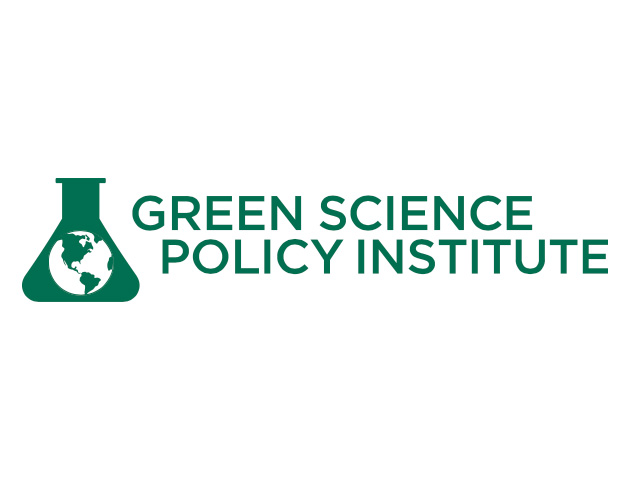
Certain Metals
This video describe that harms certain metals can cause.

Some Solvents
Solvents are used to dissolve or disperse other substances, but some are toxic. Watch this video to learn how they can be avoided.

Bisphenols and Phthalates
This video describes what bisphenols and phthalates are, where they are found, and how they can harm the body.

Flame Retardants
This video describes what flame retardants are, where they are found, and how they can harm the body.

Antimicrobials
This video describes what antimicrobials are, where they are found, and how they can harm the body.

Urban Pest Control Tips
Get tips from Icahn School of Medicine's Dr. Maida Galvez, Pediatrician/Professor about safe pest control in your apartment or house while minimizing exposure to toxic chemicals. https://youtu.be/633o2aLM3iE

Phthalates
This sheet describes what the harmful chemicals "phthalates" are, where they are found, how they harm the body, and how to avoid them.

Glyphosate
Glyphosate is often applied to lawns and gardens, and can contaminate plants, soil, air, and food. Glyphosate can be inhaled or ingested. Glyphosate used on lawns and in parks can be tracked into homes on shoes or strollers that have had contact with...

Formaldehyde
This sheet describes what formaldehyde is, how it can harm the body, and how to avoid it in your products.

Flame Retardants
This sheet discusses where flame retardants are found, what they are, and how you can avoid them throughout daily life.

Bisphenol A
This resource is a comprehensive fact sheet about BPA, what it is and how you can avoid it throughout daily life.
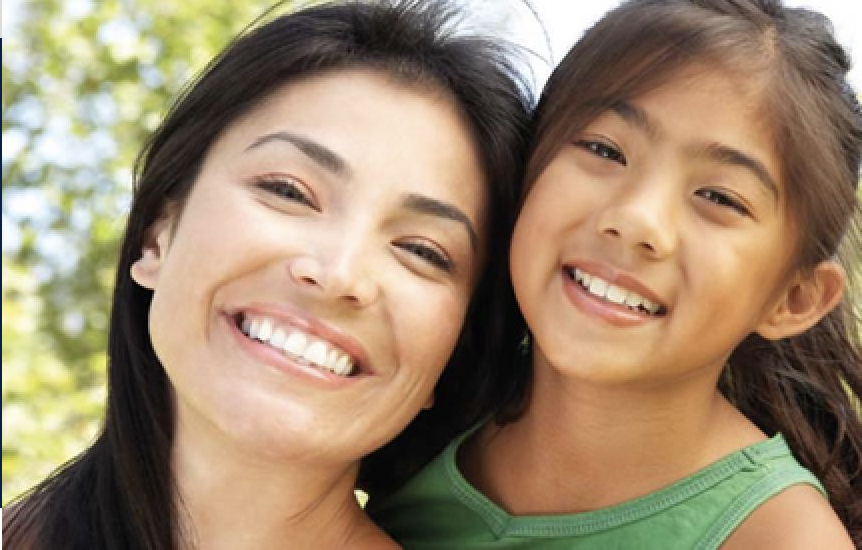
Información para Familias
Recursos para ayudarle a usted y a su familia a reducir la exposición a sustancias tóxicas que se encuentran en el medio ambiente https://prhe.ucsf.edu/cuestiones-de-salud-enlaces

Isabella’s Summer Bucket List: Reducing Stress
Isabella talks about the importance of reducing stress and how you can do this, following the same pattern as her previous infographics.

Isabella’s Summer Bucket List: Safer Cleaning Products
Isabella describes safer cleaning products and what makes these products safer than others. She leaves readers with action items and a fun DIY activity.

Isabella’s Summer Bucket List: Healthy Eating
This is the third summer infographic by Isabella, which focuses on the importance of healthy eating. Much like the last two, this one describes the benefits of eating healthy, action items, and a fun activity. [embeddoc...

Isabella’s Summer Bucket List: Sun Safety
This is another children's infographic from Isabella, which describes Isabella's favorite qualities of sunblock, action items, and ends with a fun activity!

Mundo Saludable, Vida Saludable: Libro de Cuentos y Actividades
This is an interactive story and coloring book to learn about environmental health for younger children around age five. This story is written in Spanish.

Healthy World, Healthy You: Story and Activity Book
This is a story and coloring book to educated younger children (around age 5) about environmental health and the influence of the environment on our lives. [embeddoc url="https://mountsinaiexposomics.org/wp-content/uploads/2022/03/HealthyWorldHealthyYou.pdf"...

Protecting Your Family from Ticks
This infographic describes what ticks are and how you can avoid them to keep you and your family safe.

Protecting your Family from Pesticides
This brochure will inform you how you can keep yourself and your family healthy while avoiding pesticides.

Testing for Lead Poisoning in Children
Most children with any lead in their blood have no obvious immediate symptoms. If a child may have been exposed to lead, parents should talk to their child's health care provider. They should discuss getting a blood lead test. [embeddoc...
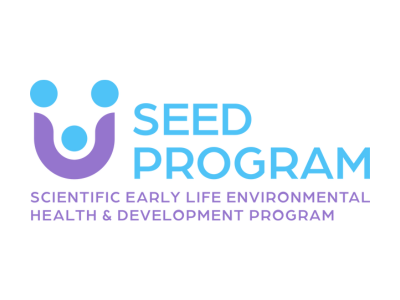
House Cleaning Workers
This brochure discusses toxicants in cleaning supplies and how people who work cleaning homes can minimize exposure.

Nail Salon Workers
This brochure discusses toxicants in nail salons and how nail salon workers can minimize exposure.

Couples Trying to Conceive
This brochure is about understanding everyday toxicants and how you can minimize exposure to toxic chemicals for individuals trying to conceive.[embeddoc...

Personal Care Products
This brochure describes how you can avoid harmful chemicals in personal care products.

Food and Beverages
This brochure describes how you can avoid harmful chemicals in food and beverages.

Adolescents
This brochure describes how adolescents can minimize their exposure to harmful chemicals by understanding everyday toxicants. [embeddoc...

Bringing Home Baby
This brochure describes how you can minimize your new baby's exposure by understanding everyday toxicants.

PFAs and Reproductive Health
This brochure gives insight to how PFAs may impact reproductive health and care.

Protecting Reproductive Health for Males
This brochure empowers males to protect themselves and their reproductive health by avoiding harmful chemicals, and gives tips as to how to do that. [embeddoc...

Protecting Reproductive Health for Females
This brochure empowers males to protect themselves and their reproductive health by avoiding harmful chemicals, and gives tips as to how to do that. [embeddoc...
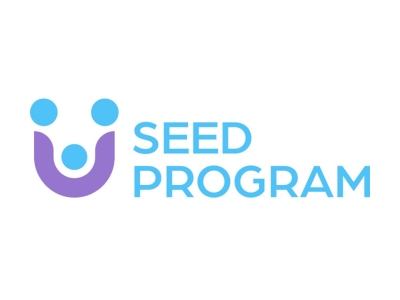
Phenols and Reproductive Health
This brochure gives insight to how phenols may impact reproductive health and care.

Phthalates and Reproductive Health
This brochure gives insight to how phthalates may impact reproductive health and care.

Back to School Health
Understanding everyday toxicants and how you can minimize your exposure. This brochure gives tips on how to maintain health while heading back to school. [embeddoc...
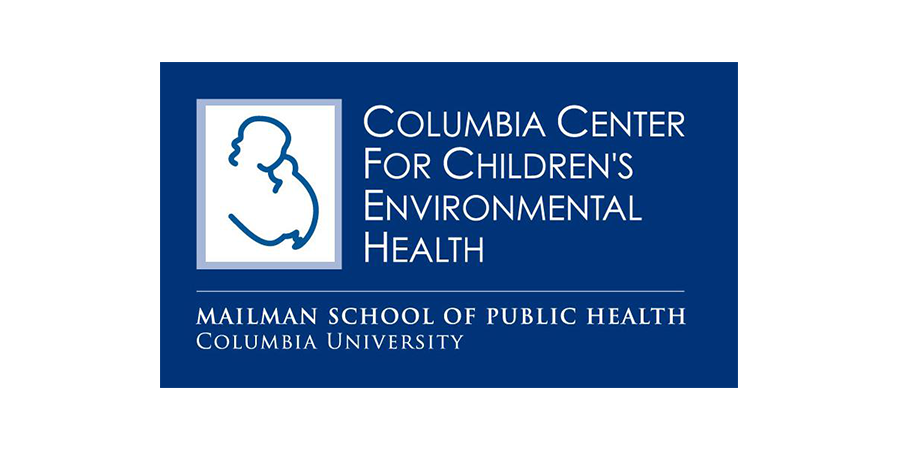
Health Home, Healthy Child Know Your Kitchen
A healthy environment means healthy kids! This book is made for kids to write and color and offers fun, easy activities for you and your child that will provide healthy alternatives to everything from cleaning to eating to playing.[embeddoc...
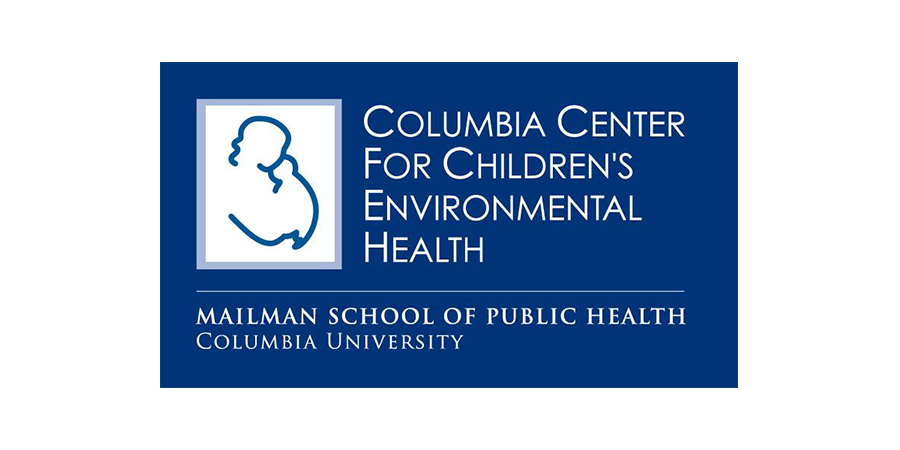
Create Change
This infographic works to describe how you can take steps to create change locally and on larger scales. They write, community groups, such as religious organizations, tenant associations, and schools, can help create awareness about environmental problems in the...

Proteja a Sus Niños de los Pesticidas
This brochure gives helpful tips to keep pests from entering your home and getting them out of your home if they do find their way in.

Protect your Family from Pesticides
This brochure gives helpful tips to keep pests from entering your home and getting them out of your home if they do find their way in.

Hogar Saludable Niño Saluable: Conozca Su Cocina
This Spanish resource gives tips about heavy metals, indoor air pollution, and toxic chemicals that hide in your kitchen as well as how to avoid them.

Healthy Home Healthy Child: Know Your Kitchen
This gives tips about heavy metals, indoor air pollution, and toxic chemicals that hide in your kitchen as well as how to avoid them

Hogar Saludable Niño Saludable: Conozca Su Barrio
Los grupos comunitarios, como los de las iglesias y las asociaciones de arrendatarios pueden ayudar a crear conciencia sobre los problemas del medio ambiente en el vecindario, y pueden ayudar pasar la vos a funcionarios electos y a las agencias del gobierno con el fin...

Healthy Home Healthy Child: Know your Neighborhood
This infographic compiles information to take into consideration in your own neighborhood.

Reducir el Estrés
Este mundo puede ser estresante, pero el exceso de estrés puede aumentar los problemas de salud y empeorar los efectos de los productos químicos a los que se está expuesto. La actividad física, la meditación y una buena red de apoyo a su alrededor son la solución para...

Comida Saludable
Elegir alimentos sanos puede ayudar a prevenir y controlar problemas como enfermedades del corazón, presión arterial, diabetes y cáncer. Las verduras y las frutas son ricas en antioxidantes que ayudan a proteger su cuerpo de las toxinas que se encuentran en nuestro...

Eat Fresh
Making healthy food choices can help prevent and control many problems like heart disease, high blood pressure, diabetes, and cancer. Vegetables and fruits are high in antioxidants that help repair your body from toxins in our environment. This infographic gives more...

Opciones de Compras Libres de Tóxicos
Los productos de limpieza para el baño y la cocina a menudo contienen BPA y ftalatos, químicos que pueden hacer daño a su salud y causar asma, diabetes o producir problemas de comportamiento. Reduzca el consumo de este tipo de productos.[embeddoc...

Toxic Free Shopping Choices
Bathroom and kitchen products often contain BPA and phthalates which can cause health problems such as asthma, behavior problems, and diabetes. Keep these to a minimum in your home by using these tips.[embeddoc...

Aire Limpio en el Interior de su Casa
El aire limpio es importante para la salud de su familia. Estos recursos brindan consejos para mantener el aire dentro de su hogar lo más limpio posible.

Clean Indoor Air
Clean indoor air is important for your family’s health. These resources give tips to keep the air inside your home as clean as possible.

Productos de Limpieza Verdes
Muchos limpiadores tienen fragancias fuertes y otros productos químicos como el cloro y el amoníaco que pueden irritar los ojos y los pulmones. Estas sustancias se pueden encontrar en el aire que respiramos y en el polvo que se acumula en su casa. Estos recursos lo...

Green Cleaning
Many cleaners have harsh fragrances and chemicals, like bleach and ammonia, which can irritate your eyes and lungs. These chemicals can be found in the air you breathe and in household dust. These resources help you avoid these chemicals through recipes and...

BPA es Nocivo Para la Salud de Nuestros Hijos
This infographic shows the harmful effects of BPA for children.
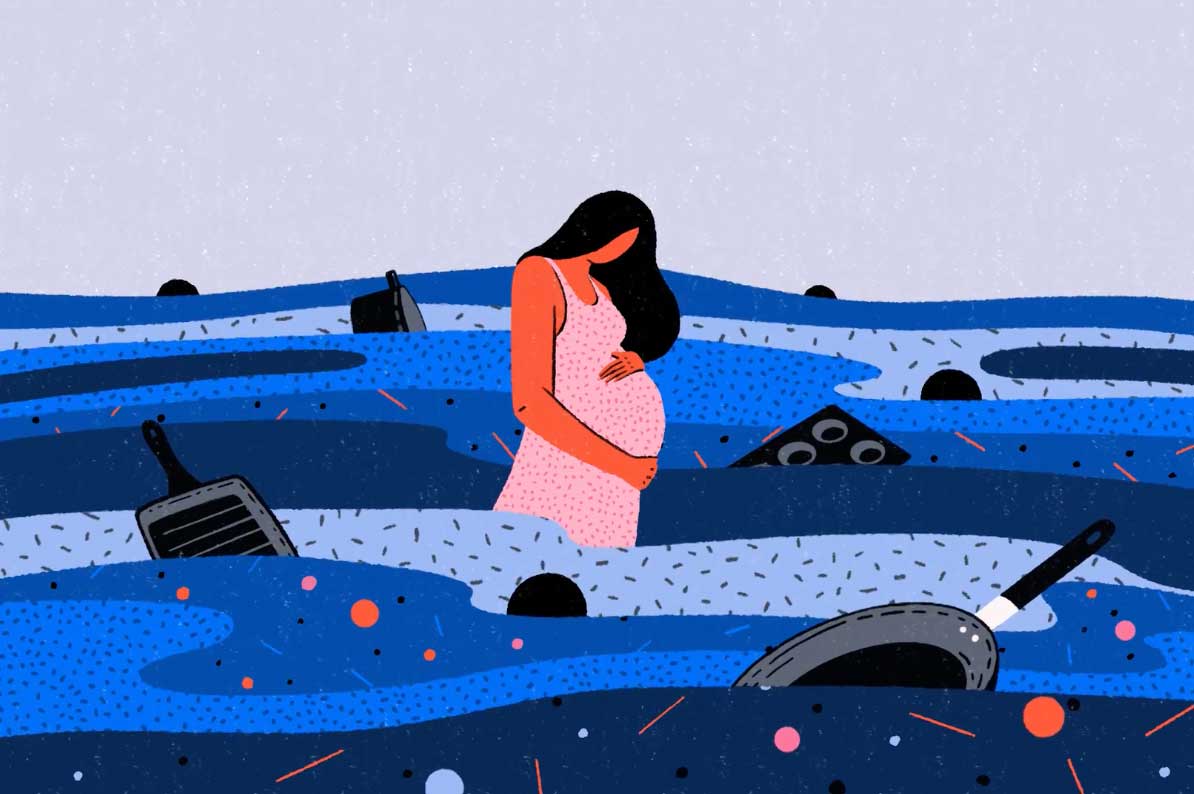
Researchers Find Evidence of ‘Forever Chemicals’ in Pregnant Women’s Blood
California researchers have found new evidence that several chemicals used in plastic production are commonly present in the blood of pregnant women... California researchers have found new evidence that several chemicals used in plastic production and a wide array...
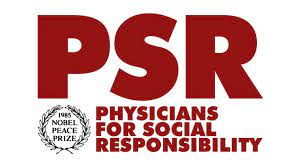
Talking with Landlords about Gas Stove Pollution in Rental Units
Fact sheet with tips, resources, and sample language for renters to advocate for switching to electric stoves.
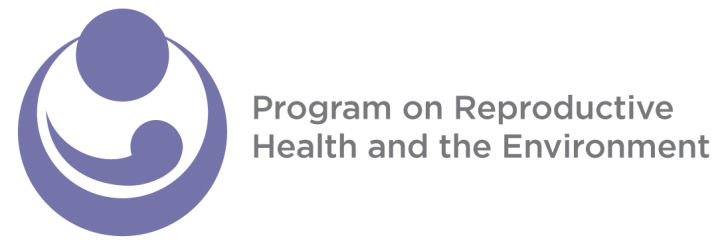
Recommendations for Preventing Exposure to Toxic Chemicals
The International Federation of Gynecology and Obstetrics (FIGO) suggests recommendations for preventing exposure to toxic chemicals.

Prenatal Exposure to Toxic Chemicals and Climate Change
The International Federation of Gynecology and Obstetrics (FIGO) opinion on reproductive health impacts of exposure to toxic environmental chemicals is a policy statement by FIGO on preventing exposure to toxic environmental chemicals. Explore the statement as well as...

Toxic Chemicals and Pregnancy
This resource provides 10 ways to avoid toxic chemicals during pregnancy and after birth.

EPA is Ignoring the Risks of many of the First 10 Chemicals under TSCA
This lists 10 chemicals that the EPA has understudied that can affect health.

Toxic Tricks
This resource was developed to help policy staff understand problems with our chemical regulatory process.

How do PFAs and PBDEs Affect Telomere Length?
How do PFAs affect newborns? learn about what a UCSF study found in a recent study using this resource.

10 ways to Avoid Harmful Chemicals
How to reduce toxic exposures at home and via policy change.
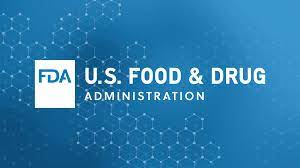
Advice about Eating Fish
The FDA provides a high level overview of advice about eating fish for those who may be sensitive to metals that can be found in fish (children and/or people who are pregnant or looking to become pregnant). [embeddoc...
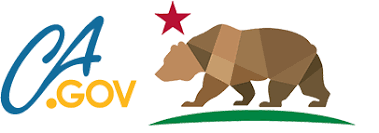
Proposition 65
Weblink describes proposition 65: which requires businesses to provide warnings to Californians about significant exposures to chemicals that cause cancer, birth defects or other reproductive harm. This site helps with tips on how to avoid these exposures, as...
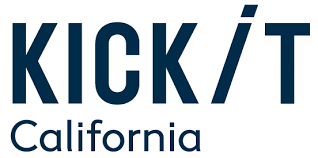
Kick it California
This weblink gives options for counseling or programs to quit smoking.
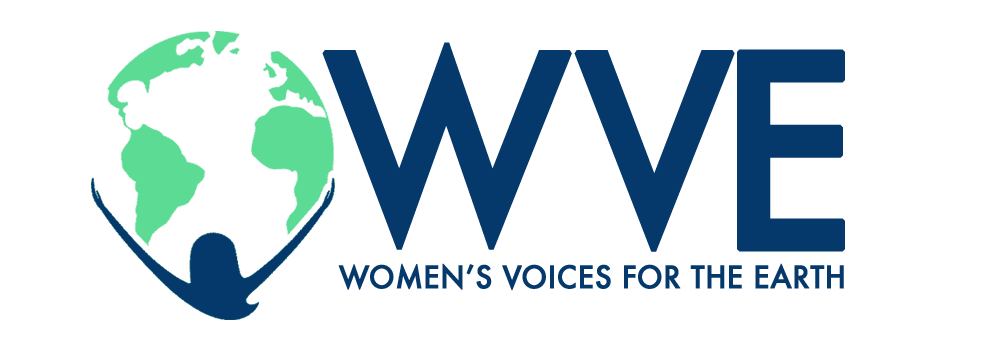
Non-Toxic DIY Cleaning Recipes
EVE’s non-toxic recipes are safe, healthy, and good for your wallet, too! Use these DIY recipes to avoid harmful chemicals while staying clean! Learn more here.

Fact Sheets to Reduce Toxic Chemical Exposure
This website compiles content and information about Menstrual & Personal Care Products, Safe Cleaning Products, Healthy Salons & Safe Cosmetics and Chemicals to Avoid for your health. Learn more here.

Report: What’s In Your Period Product?
In 2019 the New York State legislature passed the first law in the country requiring disclosure of all intentionally added ingredients in period products on the label – a law which went into effect in October 2021. This law specifically includes disclosure of...
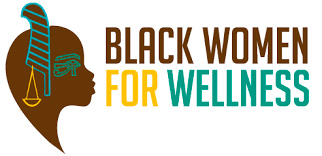
Environmental Justice: Black Women for Wellness
Learn more about the environmental justice policies and programs supported and offered by Black Women for Wellness. Read more here.
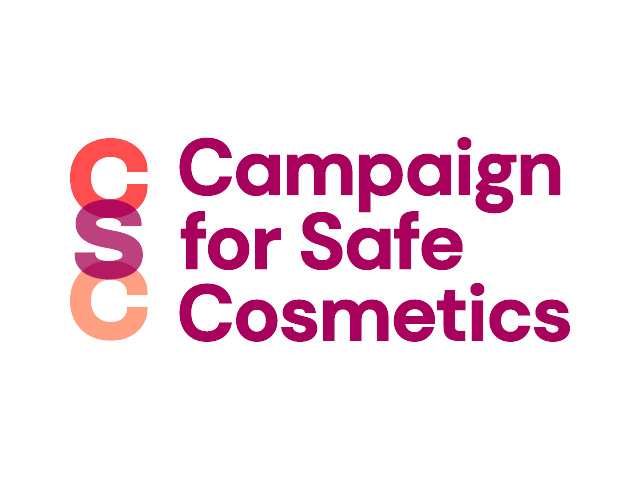
State Laws
This weblink describes laws and regulations that are at work in the United States surrounding cosmetics and beauty injustice.

Fragrance Disclosure
This web link explains issues with fragrance disclosure, or lack of understanding what is encapsulated within fragrance in products.This web link explains issues with fragrance disclosure, or lack of understanding what is encapsulated within fragrance in products.
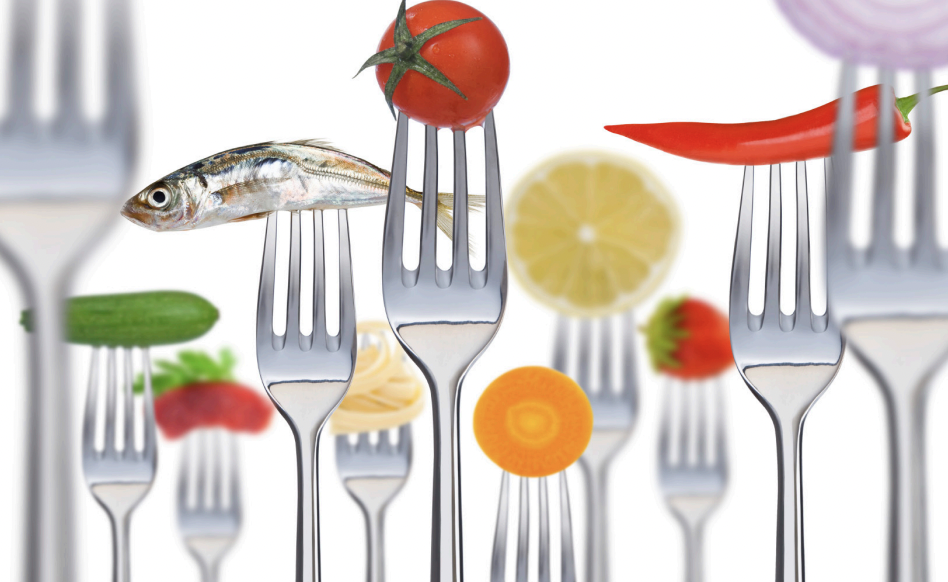
Food Matters
This brochure is compiled by UCSF and provides tips for making food choices to protect your health and the health of your family and community. The brochure also provides many more resources to learn more about how the food we eat impacts our health. For more...
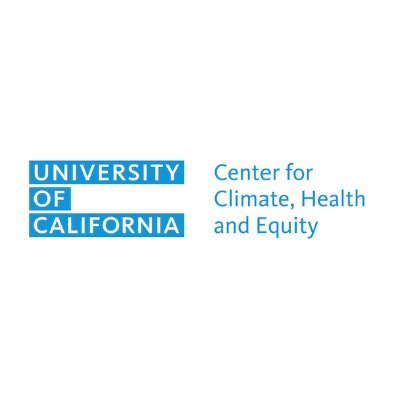
Los Incendios forestales Y Nuestra Salud
This discusses what wildfire smoke is, how it harms human health, and how we can stay safe throughout fire season and beyond. This infographic is written in Spanish. [embeddoc...

Wildfires and Pregnancy
This discusses what wildfire smoke is, how it can harm pregnancy, and how pregnant people can avoid these negative effects.

Los Incendios forestales y el embarazo
This infographic is written in Spanish and discusses what wildfire smoke is, how it can harm pregnancy, and how pregnant people can avoid these negative effects. [embeddoc...

Wildfires and Children
This discusses what wildfire smoke is, how it can harm children specifically, and how children and their families can avoid these negative effects.

Recetas Verdes
This is a compilation of DIY recipes for beauty and cleaning products written in Spanish. These recipes may help you reduce your exposure to toxic chemicals. [embeddoc...

BPA is Harmful to our Children’s Health
This infographic shows the harmful effects of BPA for children and gives insight into why BPA is harmful.

Wildfires and Our Health
This resource created by UCSF discusses the harmful effects of wildfires and their smoke. This infographic describes what wildfire smoke is, how it harms human health, and how we can stay safe from it during fire season and beyond. [embeddoc...

Sustancias que debemos evitar y sus riesgos para la salud y 10 maneras de evitar las sustancias tóxicas
Éstas son algunas de las sustancias que debemos tratar de evitar, especialmente durante el embarazo. Todos estamos expuestos a diario a muchas sustancias que son tóxicas, especialmente durante el embarazo. Cómo evitarlas. [embeddoc...

Chemicals to Avoid and their Health Risks + 10 Ways to Avoid Harmful Chemicals
These are some of the chemicals to try to avoid for everyone throughout their daily lives, but especially for pregnant people during pregnancy. This source details where these harmful chemicals are found.The second page details 10 ways you can avoid harmful chemicals...

The Problems with PFAS & How PFAS Chemicals Affect Women, Pregnancy and Human Development
These infographics describe what PFAs are, where they are found, and what harms they can cause to the body as well as how PFAs affect women, pregnancy, pregnant people, and human development. [embeddoc...

Pesticides Matter
This brochure is compiled by UCSF and details how you can reduce your exposure to toxic pesticides and protect your health and the health of your family.

Work Matters
This brochure is compiled by UCSF and details how you can reduce your exposure to toxic pesticides and protect your health and the health of your family.

Toxic Matters
This brochure is compiled by UCSF and can help you prevent or reduce your exposure to toxic substances to protect your health and your family’s health.
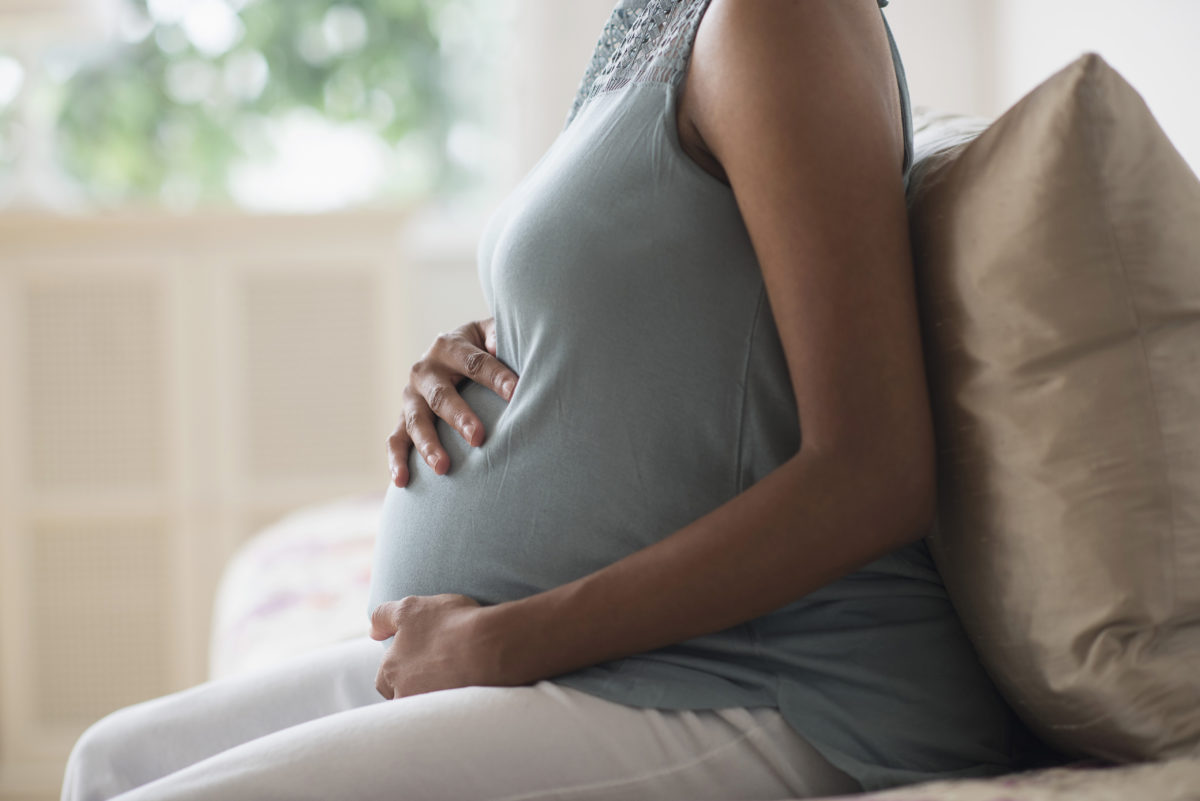
How Climate Change Poses Unique Risks to Pregnancy
A growing body of scientific research cited in the report details the ways in which climate-caused events like heat waves and other natural disasters affect maternal and fetal health. Read it here.

Black Beauty Tips
This weblink shows a myriad of tools and images you can use to guide your purchases, products to avoid, and ways you can avoid harmful chemicals.
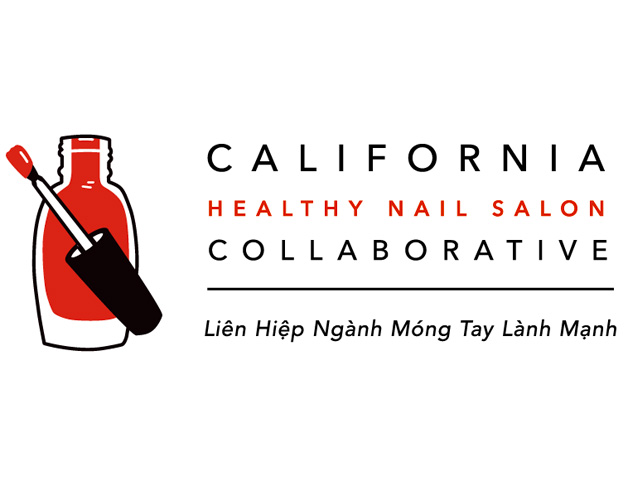
California Healthy Nail Salon Collaborative
California Healthy Nail Salon Collaborative is a statewide grassroots organization that addresses health, environmental, reproductive justice, and other social issues faced by its low-income, female, Vietnamese immigrant and refugee workforce. This website documents...

PFAS or Highly Fluorinated Chemicals
This video describes what PFAs are, where they are found, and how they can harm the body. This video describes what PFAs are, where they are found, and how they can harm the body:
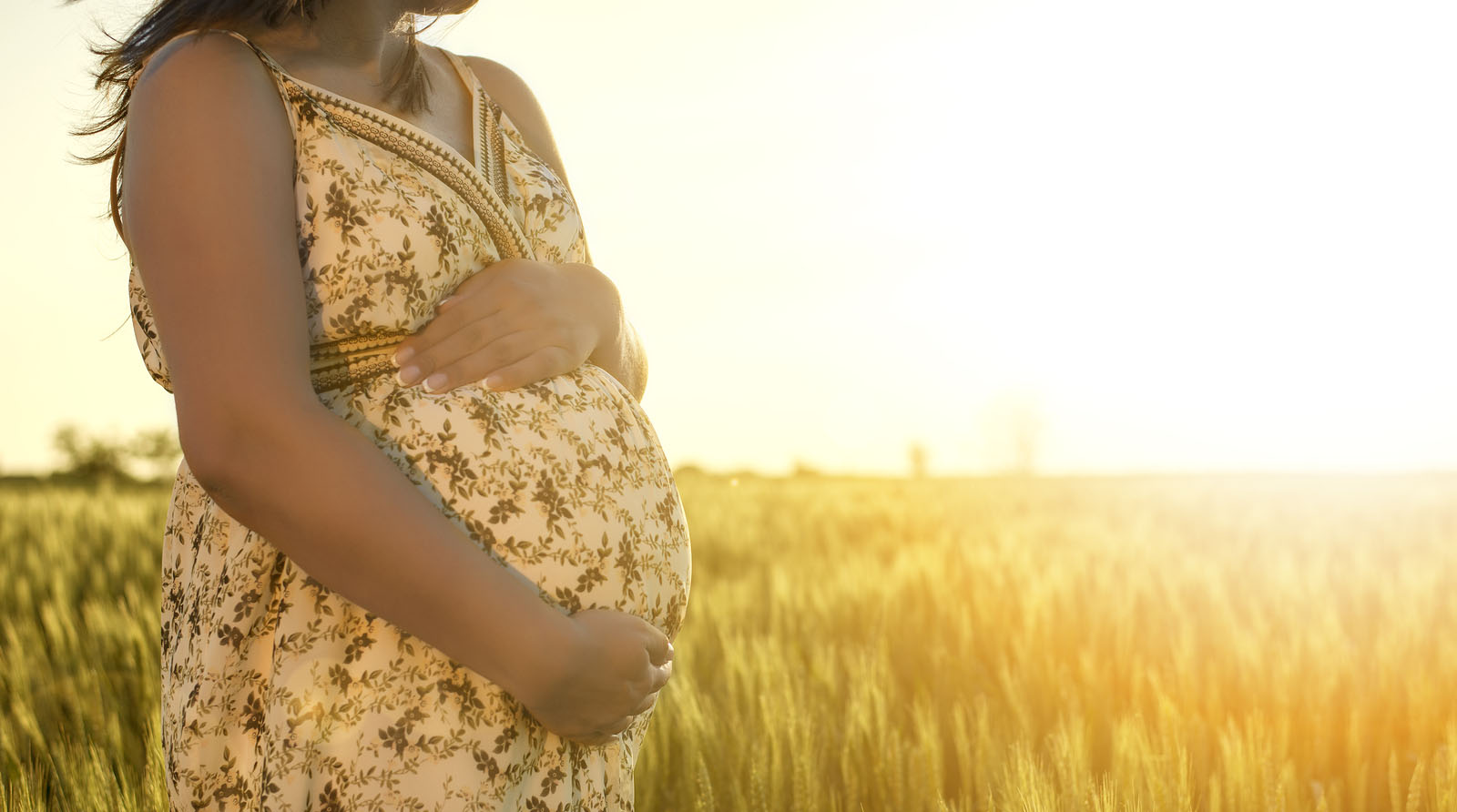
Climate and Health Adaptation Program
Toolkit with climate resilient strategies, infographics, and tips. Find it here.

Climate Change and the Health of Pregnant Women
Factsheet on climate change risk on pregnant women's physical and mental health.

Manejo Integrado de Plagas: Una Caja de Herramientas para El Cuidado y La Educación Temprana
Integrated Pest Management, or IPM, is a strategy to prevent and treat pest problems using a combination of prevention, monitoring, record keeping and control methods such as eliminating food sources and sealing cracks and crevices in buildings where pests can enter....

Communicating Vulnerabilities to Climate Change: Pregnant Women
Communication materials that summarize key points from the U.S. Climate and Health Assessment on eight different populations that are disproportionately affected by climate change impacts.Find it here.

Climate Change and the Health of Pregnant, Breastfeeding, and Postpartum Women
Toolkit from the EPA with resources, at-risk population identification, and tips. Find it here.

Integrated Pest Management: A Toolkit for Early Care and Education
Integrated Pest Management, or IPM, is a strategy to prevent and treat pest problems using a combination of prevention, monitoring, record keeping and control methods such as eliminating food sources and sealing cracks and crevices in buildings where pests can enter....
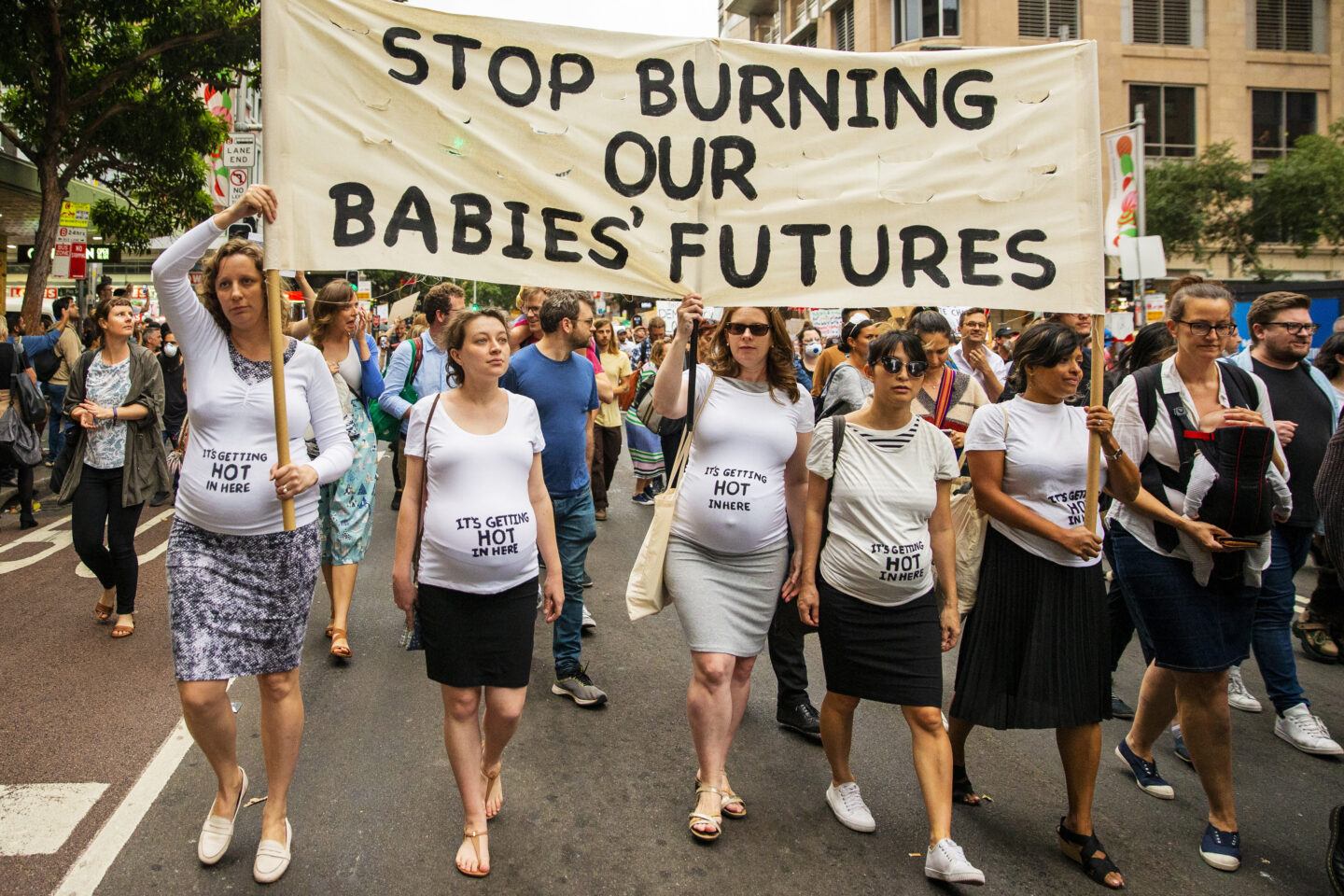
“I’m a Climate Scientist: Here’s How Climate Change Directly Impacts Mothers and Babies”
Website blog page written by climate scientist about how climate change harms pregnant women and tips on mitigating risk factors. Read it here.
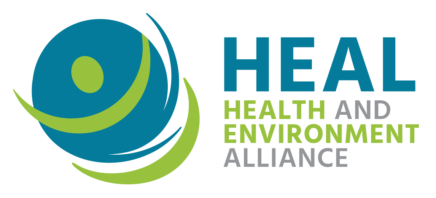
Climate Change Puts Pregnant Women at Greater Risk
Infographic and supporting social media materials with an overview of the ways in which climate change can increase health risks to pregnant women and their children, and are available in 9 languages: English, German, French, Spanish, Portuguese, Italian, Polish,...

La Limpieza, Sanitización y Desinfección Verde: Un Currículo para El Cuidado y Educación Temprana
La caja de herramientas de limpieza, sanitización y desinfección verde presenta información práctica sobre cómo mantener los entornos de cuidado y educación temprana (ECE) limpios y seguros utilizando prácticas y productos que son menos peligrosos y que protegen a los...

Special Focus: Climate Change and Pregnant Women
Factsheet about the health impacts of climate change on pregnant and postpartum women.
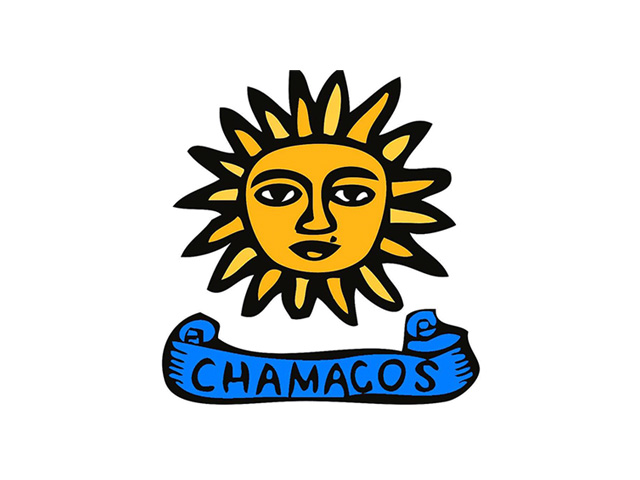
Flame Retardants
This brochure discusses the harms and risks of flame retardants, as well as the history of flame retardants.

Green Cleaning, Sanitizing and Disinfecting: A Toolkit for Early Care and Education
The Green Cleaning, Sanitizing and Disinfecting Toolkit presents practical information on how to keep early care and education (ECE) environments clean and safe using practices and products that are less hazardous and that protect young children and staff from...

Carbon Monoxide in your Home
This brochure describes what carbon monoxide is, how it can harm your body, and how you can avoid it in your home.

Are your Cosmetic Products Safe?
This brochure provides some steps you can take to reduce exposures to harmful chemicals through cosmetics in your home, and how to protect your family from these exposures as well. [embeddoc...
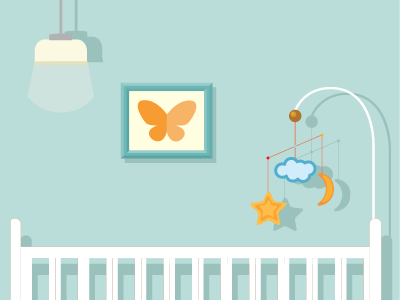
Wall Paint
Planning to paint your walls to freshen up the look of your home? The good news is that paints no longer contain lead. The bad news is newer paints can release other chemicals that may affect your family’s health. Pregnant women and children should stay away from...
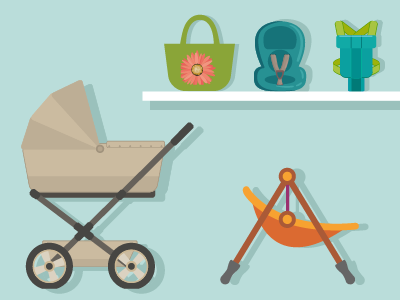
Stroller
Taking your baby for a stroll can have many benefits–fresh air for you both, soothing nap time for your baby , exercise for yourself, and more. Here are some tips to make sure the materials in your baby stroller are free of harmful chemicals.

Diaper Bag
Your diaper bag will never be far from your side during the early years of parenthood. Make sure it’s made of non-toxic materials for you and your baby.

Car Seat
Car seats are a must, but toxic chemicals are not. Here are some tips:

Bouncy Chair
As important as it is to have snuggle time, you can’t always carry your little one–like when you take a shower or cook over the stove. This is when bouncy chairs come in handy.

Baby Carrier
Babies have an innate need to be held and baby carriers help increase that important bonding time with your child, even when you’re busy. Here are some tips to make sure the materials in your baby carrier are as safe as possible.
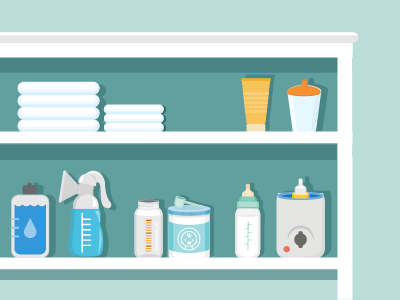
Sippy Cups
When your child is old enough, you might want a lightweight option that won’t break if it falls. There are many non-plastic options for you these days. Here are some tips:
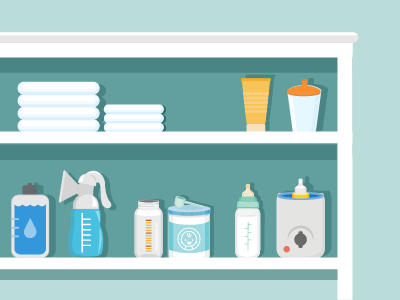
Chair
When you’re breastfeeding or just cuddling with your child, it’s nice to have a comfortable chair. But not all chairs are created equal. Here are some things to consider:

Burp Cloths
Using burp cloths and bibs will definitely save you from having to do laundry so often. Because your baby will no doubt chew on these, make sure you choose the best materials.

Breast Feeding
Breast milk is truly nature’s perfect food for infants. If you are able, breastfeed for at least six months (ideally a year or longer). In our industrialized world, mothers can transfer toxic chemicals in their bodies to their infants through breastfeeding, though the...

Baby Bottles
You want something lightweight that won’t break, right? Certainly, plastic is no longer the answer when it comes to your baby’s feeding bottle or sippy cups:
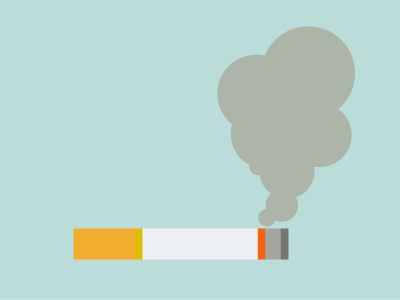
Smoking
Smoking during pregnancy and after birth exposes your child to many harmful chemicals, including nicotine. Nicotine can permanently damage a fetus’s brain and lungs. Smoking can also increase the risk of a preterm birth (before 37 weeks of pregnancy), meaning the baby...
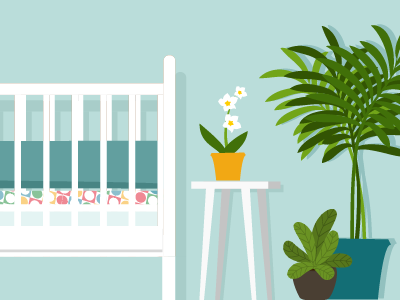
Plants
Having green houseplants is a wonderful way to beautify and enliven your home. Plants help purify the air and some are even edible and medicinal. However, be aware that certain plants can be poisonous to kids. Eating the leaves or even drinking the water in the plant...
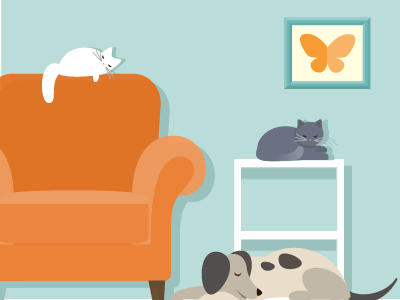
Pets
Though the joys of having pets are unquestionable for many families, studies on whether or not pets benefit young children have shown mixed results. Some research suggests pets may trigger allergies in children, while other science shows pets may decrease the...
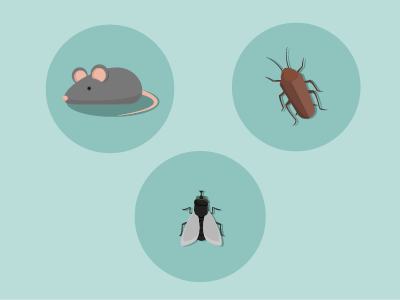
Pests
Pesticides are toxic chemicals for killing insects and rodents but they can also harm your health. Keep insects and rodents out of your home. Clean up crumbs and spills. Store food in tightly closed containers. Seal cracks around doors, window sills, baseboards, and...
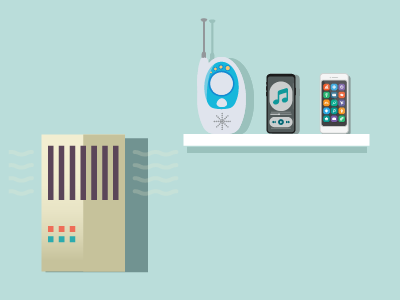
Music Player
Having your child listen to music has so many important benefits, including improved thinking, coordination, and bonding. But there are a few precautions you should take to make sure what you’re playing doesn’t become a form of noise pollution–possibly...

Cell Phones and WiFi
Cell phones have become integral to our lives. Having all that information at our fingertips and being able to quickly communicate is fantastic. But cell phones emit radiofrequency (RF) electromagnetic fields. Babies are more likely to be harmed by radiation exposure...

Baby Monitor
Having a baby monitor seems like the perfect solution to make sure your baby is safe when you can’t be in the same room. Unfortunately, wireless baby monitors emit radiofrequency (RF) electromagnetic fields, just like cell phones. Babies are more likely to be harmed...

Air Purifiers
Indoor air quality seems like it should be the least of your worries, right? But in fact, indoor air is frequently even more polluted than outdoor air. Lots of contaminants may be lurking in the air at home that aren’t healthy for you or your baby to breathe. Air...
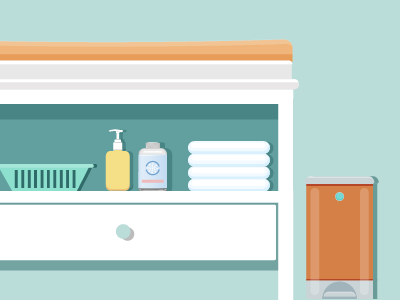
Towels
What could possibly be wrong with your bath towels? Unfortunately, materials used to make towels can be full of toxic chemicals. Here’s what to look out for:

Diapers
Who knew that “the diaper question” could be so complex, depending on your needs and priorities? Given that your baby will be wearing them pretty much 24/7, here are a few guidelines:

Diaper Rash Cream
Some diaper rash creams and baby lotions contain harmful chemicals you don’t want on your baby’s skin. Here are some tips to make sure what you use is both soothing and safe:

Diaper Pail
Stinky diapers are bad enough, but using a diaper pail made of harmful chemicals just adds to a toxic mix. Here’s what to consider:

Changing Pads and Cushions
Changing pads, cushions or mats—whether you’re at home or away—will never be far from your side during the early years of parenthood. Given how often you’ll use them, make sure they’re made of safe, non-toxic materials for you and your child.
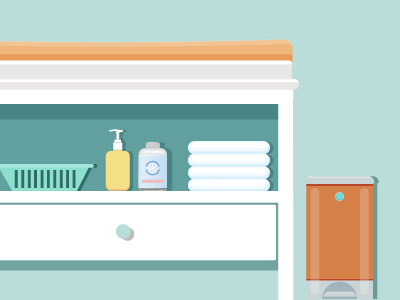
Baby Wipes
Baby wipes are incredibly convenient, making changing your child’s diapers or wiping off their sticky hands that much easier. Unfortunately, many contain harmful ingredients that you wouldn’t want on your own skin, much less on your baby’s. Here are some tips:
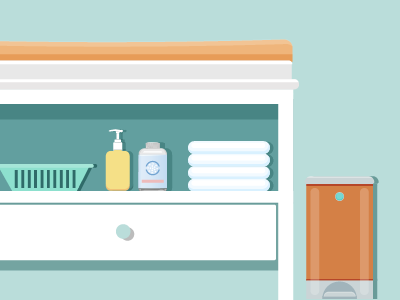
Baby Powder
Talcum powder is made from natural soapstone and is widely used in all kinds of cosmetic products to absorb moisture and cut down on friction. But it’s not as soothing and safe as you might think. Here’s why:

Baby Lotions
In almost any store, you’ll find shelves and shelves of baby lotions. But which ones are truly safe to use, particularly on your newborn or child? Here are some tips:
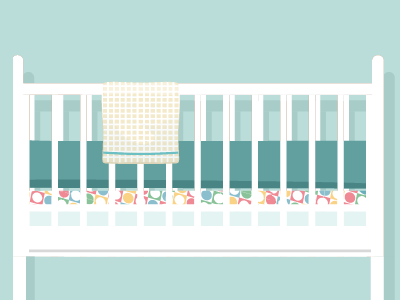
Swaddles and Blankets
Keeping your baby bundled and warm matters to every parent. Just make sure what is soft and cozy for your child is also free of harmful chemicals. Here’s what to consider:

Sheets and Bumpers
All babies need lots of sleep, so make sure the sheets and bumpers in your child’s crib are as healthy as can be. Here’s what to consider:
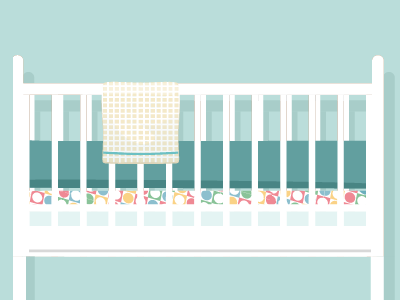
Cribs and Bassinets
With so many things to think about in terms of safety in the nursery, do you really need to second guess furniture? In a word, yes. Here’s what to look for to keep your baby safe in the crib too.
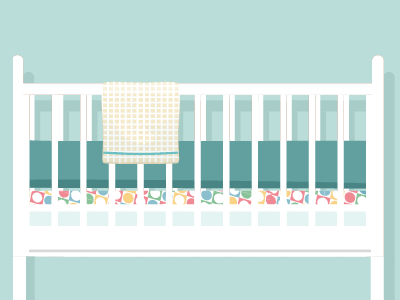
Crib Mattress and Pads
A baby may spend 10-14 hours a day on a crib or bassinet mattress, so it’s critical the mattress is free from harmful chemicals your child might inhale or absorb. Here are tips some to make sure your baby sleeps safely.
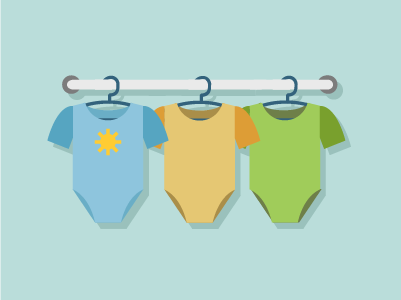
Baby Clothes
Those adorable, colorful baby clothes you’re given or buy can in fact be wolves in sheep’s clothing–meaning they may look great but contain harmful chemicals that don’t belong on your baby. Here are some tips:
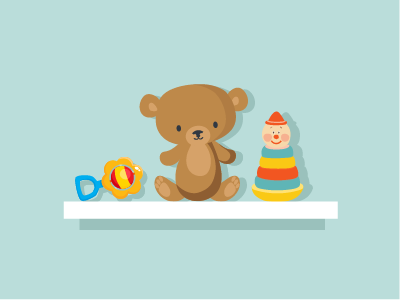
Wood Toys
Wood toys are a great way to go and there are many lovely options on the market. Just make sure they are safe as well as cute and fun.

Plush Toys
Toys should be fun, not fraught. Unfortunately, many are made with materials you wouldn’t want your child touching, much less putting in their mouths. Here are some considerations to ensure playtime is safe too:
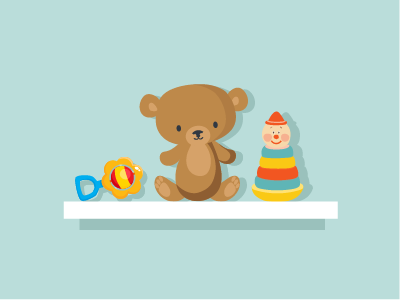
Plastic Toys
Toys must be safe. However, many are made with plastic that you wouldn’t want your child putting in their mouths. These tips can ensure playtime is safe, and fun:
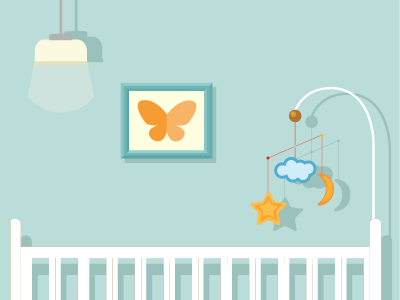
Window Covering
Most of us use window coverings for privacy and decoration. They hardly seem like a possible health threat. But here are some things to consider:

Mobiles
Mobiles can add a playful and developmentally positive element for babies – either over the crib or diaper changing location. While not a necessity, if you decide to add a mobile to your nursery area, make sure it is completely out of baby’s reach and securely...
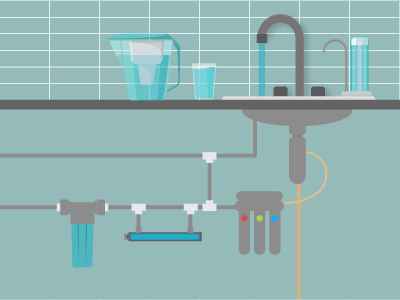
Water
Most of the time, your tap water is safe to drink. But it’s a good time before or during pregnancy to know where your water comes from and if it’s regularly tested. To make sure you and your family have the best possible water, check out our tips and consider having...
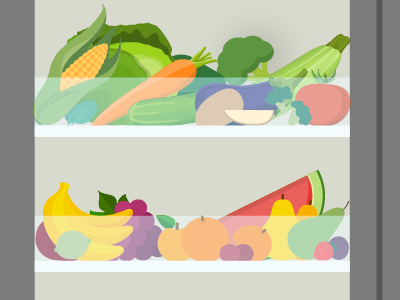
Fruits and Vegetables
Being mindful about the fruits and vegetables you eat is important so you can confidently enjoy this essential part of your diet without any potentially unhealthy exposures.
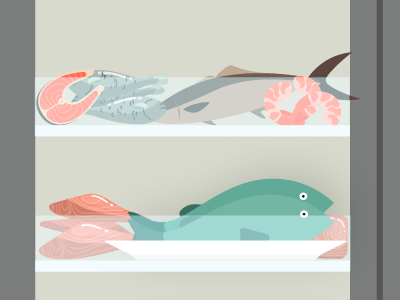
Fish
Fish is a great source of nutrients including protein, vitamins, and minerals, which are important for a healthy pregnancy. However, some fish contain mercury, which can be harmful to a developing baby's brain and nervous system. To stay safe while enjoying the...
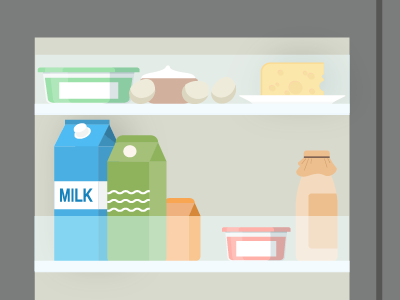
Dairy and Eggs
Here are some quick tips to help you get the important nutrients you deserve without the unwanted chemicals in your dairy and animal fat!
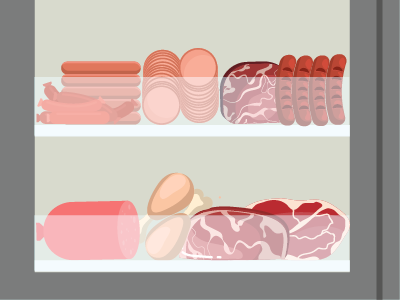
Meat
Thinking about the meat you eat is a smart move, especially when you’re planning for pregnancy or are pregnant.
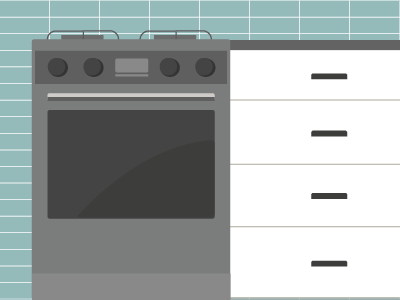
Gas stoves:
Gas stoves are a common and popular kitchen appliance used for cooking. Here’s what you need to know to cook up great meals safely!
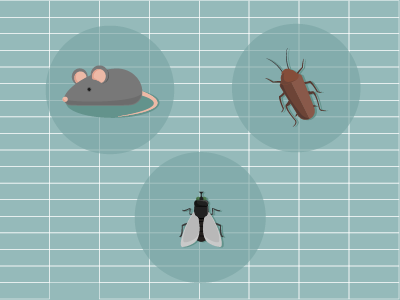
Pests
Keeping your home pest-free is important, but it’s even more important to avoid chemicals that could affect you and your baby’s health! Here are some tips to help you make safe and informed choices about pest control.
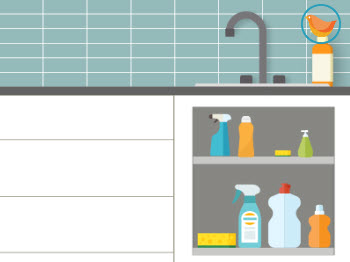
Kitchen Cleaning Products
“Clean” does not always mean “healthy.”Many cleaning products may leave your sink, counter top or an appliance spotless, but contain toxic chemicals that aren’t healthy for you or your family. Follow these tips to ensure your kitchen is clean AND healthy:
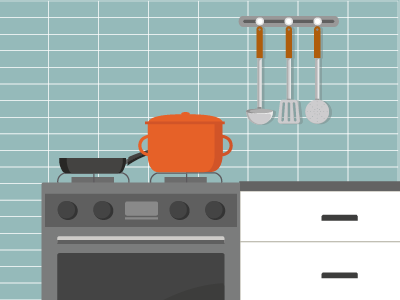
Cookware
When you’re trying a new recipe or cooking up a storm, be mindful of the cookware you’re using. Some types of cookware can have sneaky types of chemicals that you don’t want invited to your meal!
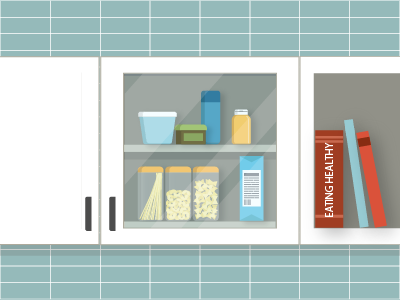
Food Storage
Proper food storage is essential to keep your food tasty and fresh without any unwanted chemicals Here are some tips to help maintain a healthy and safe diet for your loved ones!
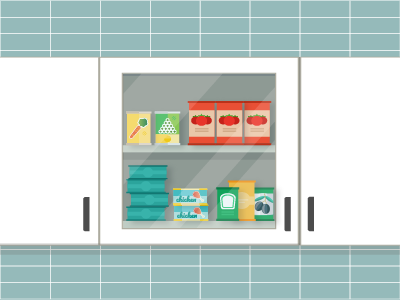
Canned Food and Canned Beverages
Canned food and beverages can be convenient, quick and easy options, but there are some things to consider, especially if you’re pregnant.
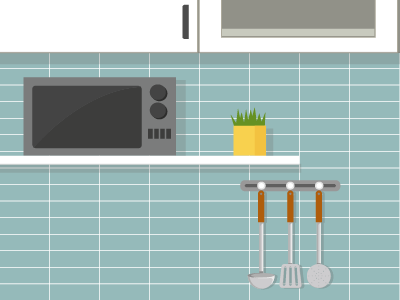
Microwave
Microwaving food can be a convenient and time-saving way to prepare meals for you and your family. With the right precautions, it is also a safe cooking method. The main thing to keep in mind is the type of containers or wraps you use when microwaving food.
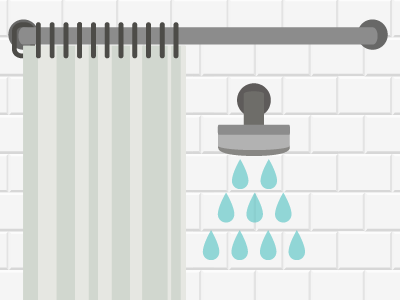
Shower and Bath Water
Where you get your water can determine what kinds of chemicals may be in it. To make sure you and your family have the best possible water, check out our tips and consider having your water tested!
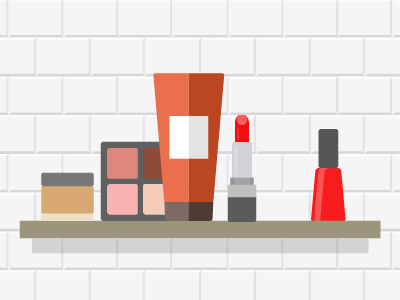
Lipstick and Lip balm
Lipstick and lip balm can provide a quick pick-me-up if you enjoy wearing makeup. Since you can’t avoid swallowing some of what you put on our lips—and you don’t want to kiss your baby and leave a residue of harmful ingredients on baby’s skin—here are some quick tips...
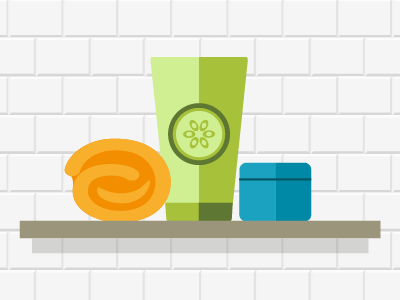
Cleansers, Lotions, and Masks
Having a child is both thrilling and at times, exhausting. When you’re running on little sleep and pulled in many directions, sometimes taking a few minutes to pamper your face can give you the emotional lift you need. Just make sure what you put on your face and body...
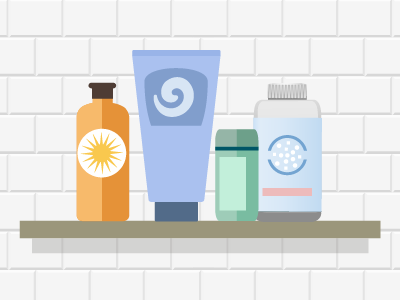
Talcum Powder
Talcum powder is made from natural soapstone and is widely used in all kinds of cosmetic products to absorb moisture and cut down on friction. But it’s not as soothing and safe as you might think. Here’s why:
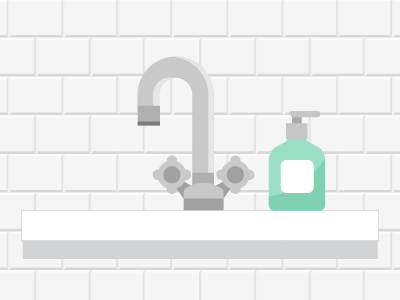
Soaps and Hand Sanitizers
Washing hands frequently with regular soap and water is always best to keep everyone in your family healthy. Unfortunately, many soaps and hand sanitizers have added ingredients that can do more harm than good. Here are some tips.
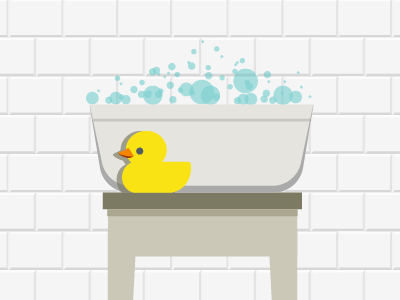
Baby Bath Chair
When you go to rub-a-dub-dub your baby and want to use a bath chair, make sure it’s toxic free and safe for your child.
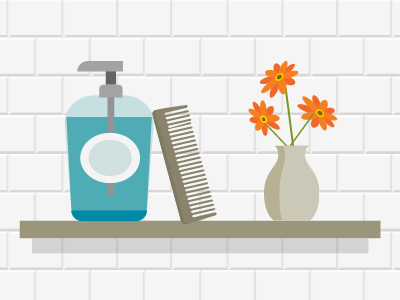
Hair Color
Changing your hair color or covering up the gray may boost your self-esteem, but it may also harm your health.

Hair Straightener
Hair straighteners, also called relaxers, use high-pH solutions to stretch and rearrange the protein structure of hair.

Styling Products
Hair styling products serve different purposes, from helping repair hair to keeping a style in place.
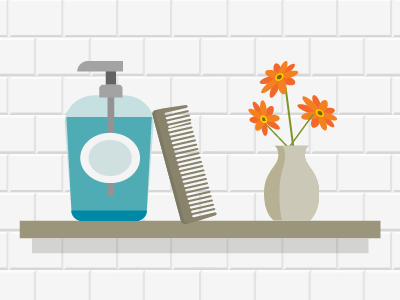
Shampoo | Conditioner
Shampoos work by washing away oils and dirt on hair, while conditioners are used to restore smoothness and increase manageability. Here are some tips to have a good hair day, safely!

Body Hair Removal
Chemical hair removal products dissolve the protein structures that make up hair, and wax-based products physically pull hair out of the skin by the roots.
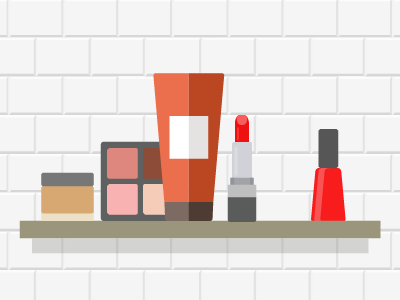
Nail Salons
Having your nails done can feel like a few moments of luxury in the whirlwind of life. Do your best to make sure you minimize your exposure to the unhealthy chemicals often found in nail products and at salons. Fortunately, there are healthier options available for...
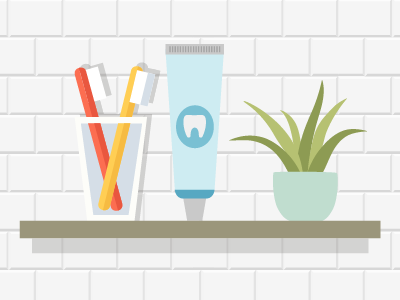
Mouthwash
Keep your breath fresh and healthy with these simple tips.

Toothpaste
Everyone wants a healthy smile, so do your best to avoid the unnecessary and unhealthy ingredients that can be found in some toothpastes. There are safe alternatives available online and in stores.
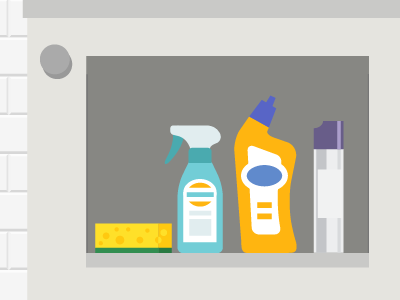
Mold Removal
Those blue-green splotches around your tub or sink? They probably aren’t your children’s latest art project, but rather, mold spores. Here are some tips for how to keep your home mold-free.

Bathroom Cleaning Products
All those synthetic cleaners can be as hard on your pocketbook as your health. Just vinegar and baking soda will often do the trick! Dish soap and hot water can also be effective, especially if you use microfiber cloths and mops, which trap more germs and grime than...

Deodorant
You shouldn’t have to use nasty chemicals to prevent stinky armpits. Be odor-free and toxic-free with these tips:

Body Lotion
In almost any store you’ll find shelves and shelves of body lotion. But which ones are truly safe to use, particularly on your newborn or child? Here are some tips:

Sunscreen
A little bit of sun can be healthy, but skin cancer (melanoma) is on the rise. Protecting you and your family from harmful UV rays is essential, but putting harmful chemicals on your skin – and your child’s -- is not the way to go. Fortunately, your family can be...
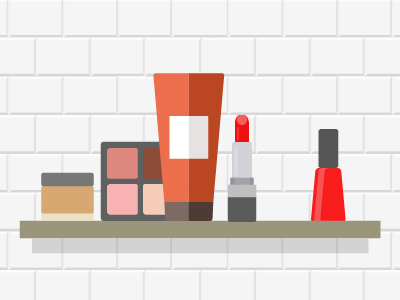
Nail Polish Remover
Taking off your nail polish is part of the routine of having polished nails. Read labels carefully and look for less toxic alternatives.

Perfume
Putting on a little perfume can help boost your spirits when you’re busy and tired, but perfumes often contain toxic ingredients, many of which are not disclosed. Exposure to some of these chemicals may be particularly harmful to pregnant people and babies. Here are...

Makeup Remover
Having a child is both thrilling and at times, exhausting. When you’re running on little sleep and pulled in many directions, sometimes taking a few minutes to pamper your face can give you the emotional lift you need. We're here to help you find safe face and body...

Air Fresheners
Most air fresheners are hardly fresh. Instead, they contain a lot of synthetic chemicals that can actually harm your health, rather than clean the air.
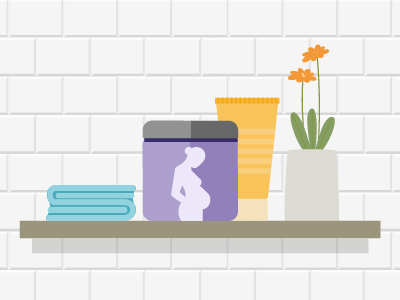
Stretch Mark Cream
Stretch mark creams and belly balms should be soothing and safe. Here are some tips to ease skin tension and avoid over-stretching or scarring before and after giving birth:

Nipple Cream
Breastfeeding can be one of the most beautiful ways to bond with your baby. But if your nipples are sore or cracked, it can become a painful chore. These tips can help you keep enjoying these precious moments with your baby.

Teeth Whitening Strips
Keep your smile healthy and bright with these simple tips.

Makeup
No one wants to put toxic chemicals on their face or body, but most cosmetics contain harmful ingredients that can affect your health. Here are some considerations when buying skin care products and make-up:
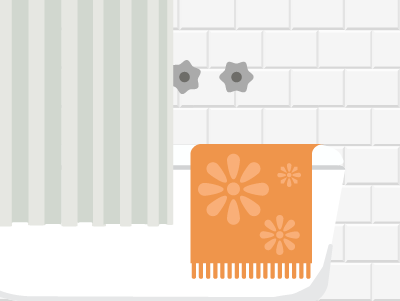
Towels
What could possibly be wrong with your bath towels? Unfortunately, materials used to make towels can be full of toxic chemicals. Here’s what to look out for:

Shower Curtain
Shower liners come in many different materials and some can be unsafe to you and your family. Here’s how to keep water in your shower and toxic chemicals out.

Bath Mat
Bath mats are useful to make sure you or your children don’t slip and fall while in the tub. Unfortunately, many bath mats have chemicals in them that may be harmful to you and your family. Here are some tips for choosing a healthier bath mat:

Nail Polish & Gel Polish
Since toxic chemicals are often used in nail polishes and removers, be sure to read labels carefully and look for less toxic alternatives. The good news is that there are many new polishes and gels on the market without harmful ingredients!

Bath Toys
What could possibly be wrong with playing with rubber duckies and other plastic toys in the bathtub? Unfortunately, even rubber duckies aren’t as safe as they look.

Protegiendo su Familia de los Pesticidas
This brochure will inform you how you can keep yourself and your family healthy while avoiding pesticides.

Retardantes de Fuego: Éteres de Difenilo Polibromados
This brochure discusses the harms and risks of flame retardants, as well as the history of flame retardants.

Controlling Pests in Your Home
This thorough brochure lets you know where different pests may hide in your home or around your home, and provides alternatives to harsh chemicals when treating pest infestation. [embeddoc...

Cosas Que Usted Puede Hacer Para Controlar Las Plagas
If you handle pesticides at work, use these tips to remove pesticides from your work clothes to keep your home pesticide free.

Eliminating Pesticides from Work Clothes
If you handle pesticides at work, use these tips to remove pesticides from your work clothes to keep your home pesticide free.
